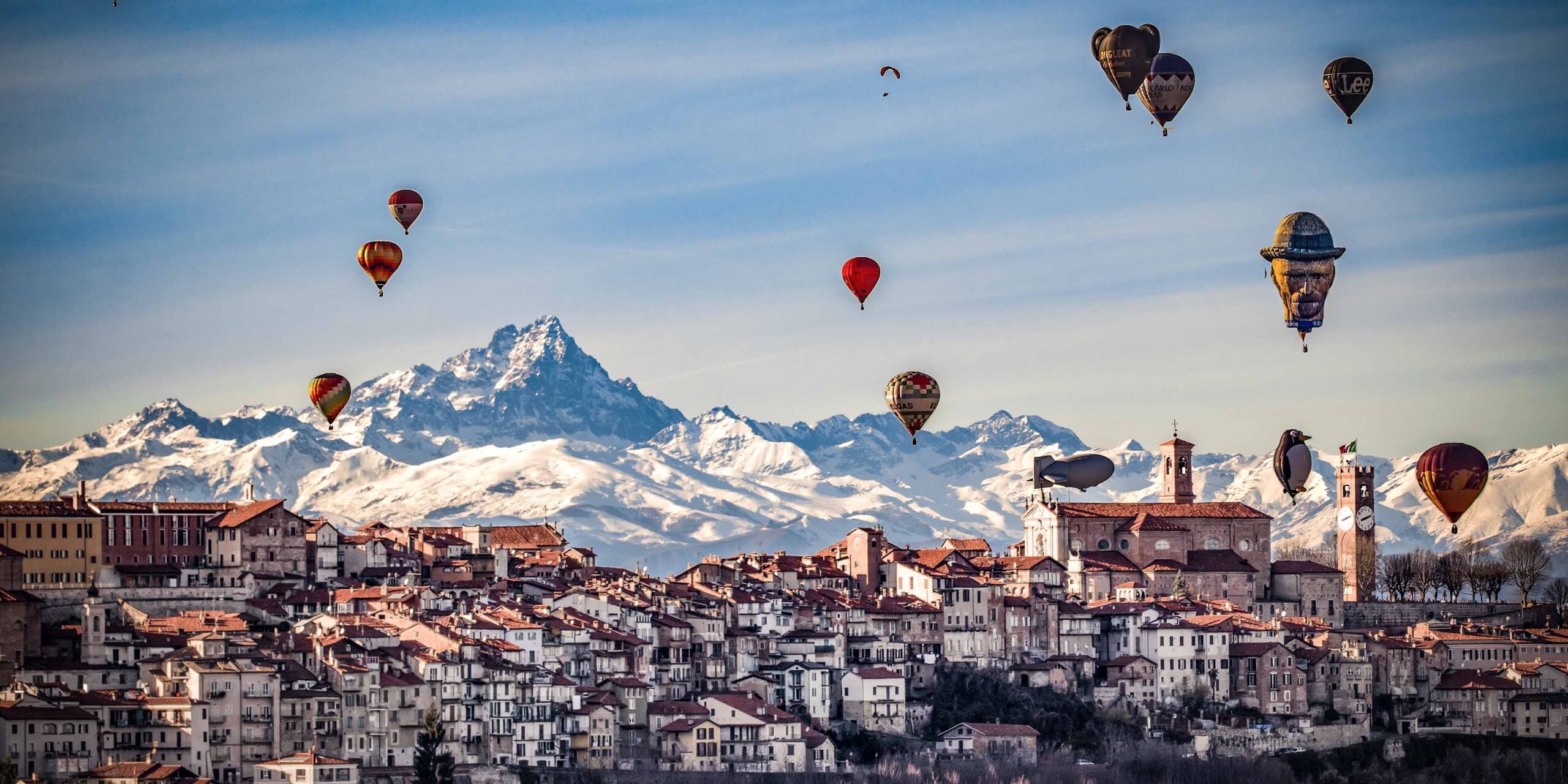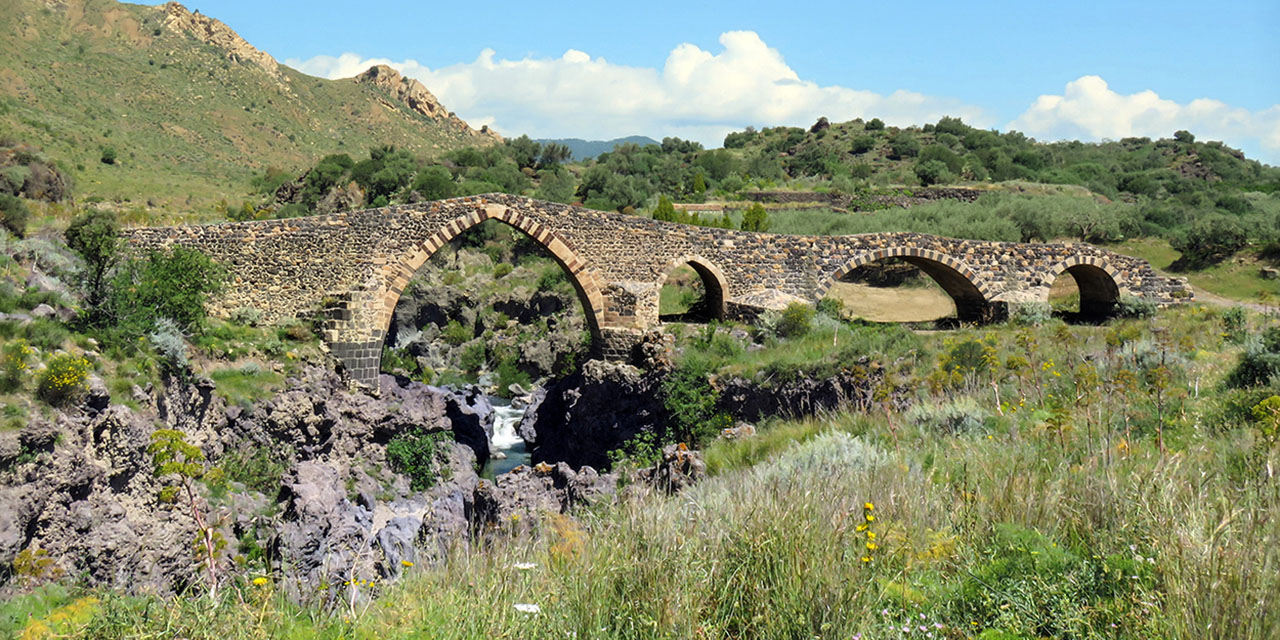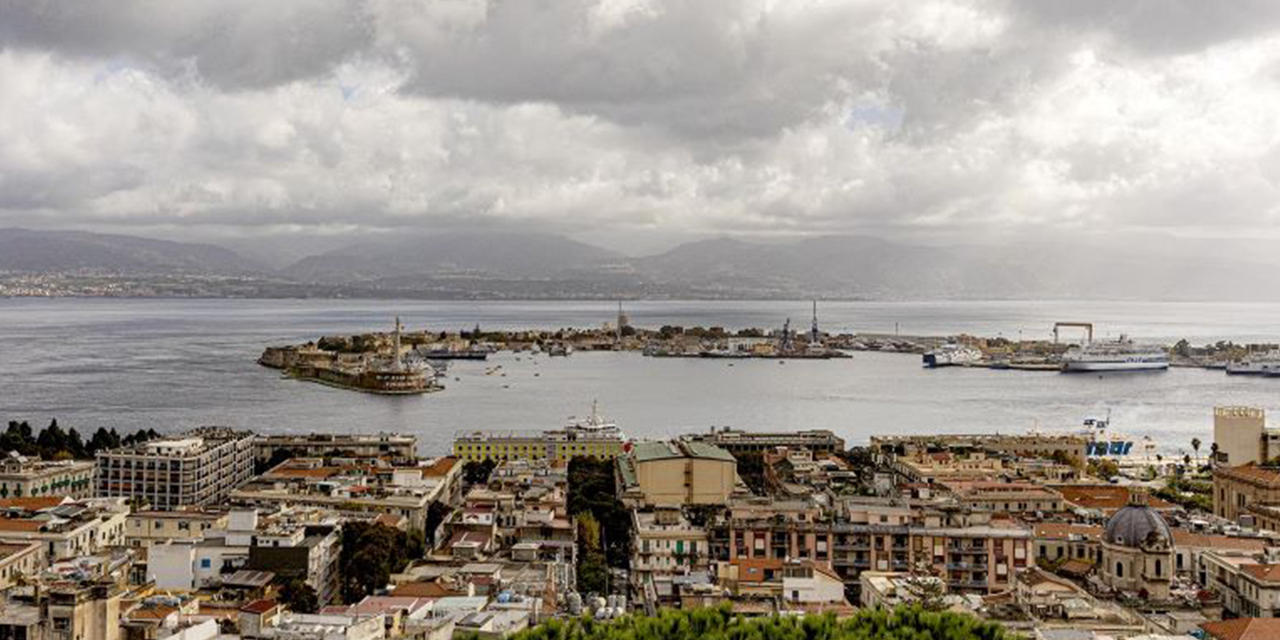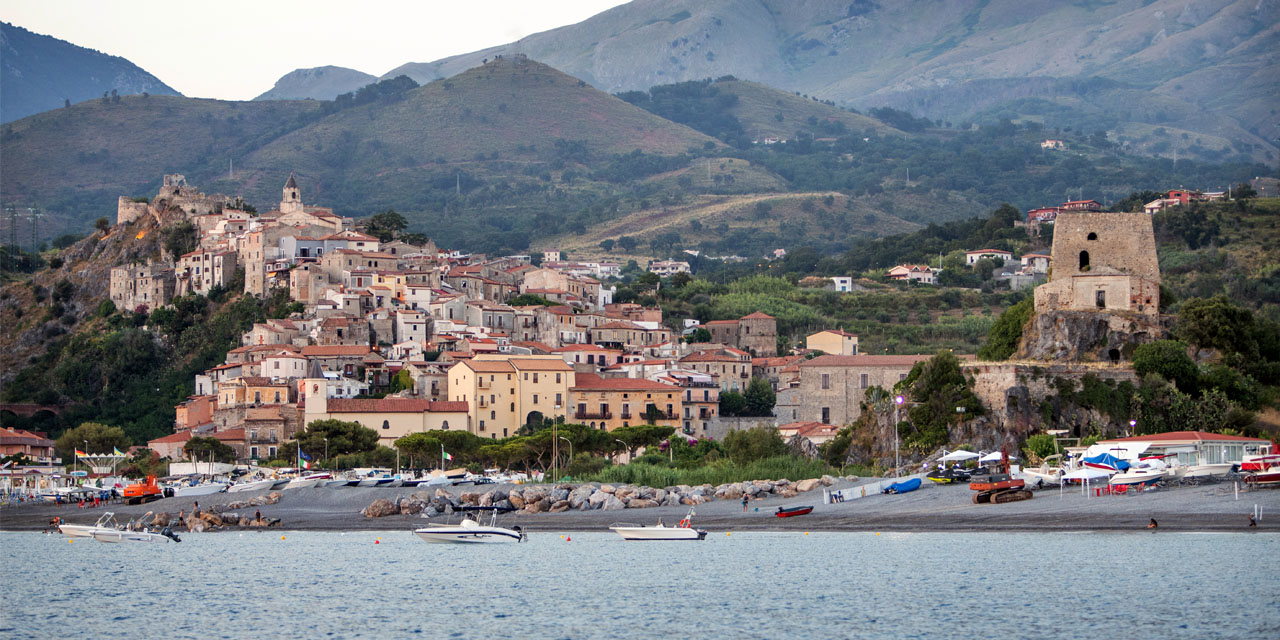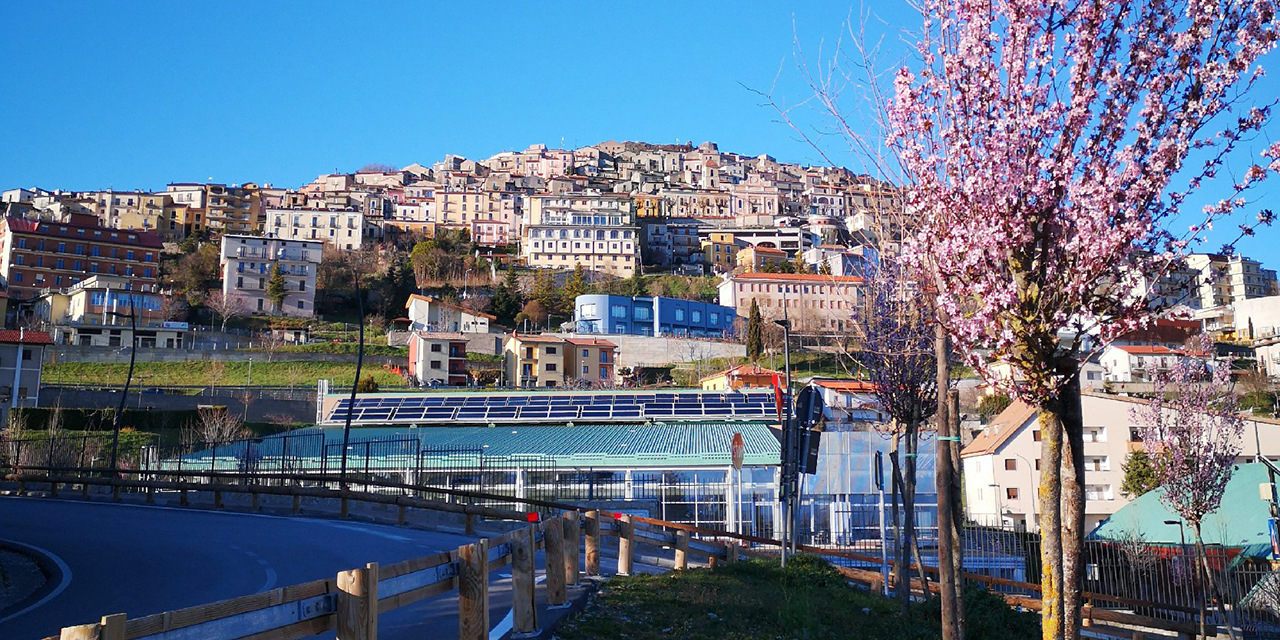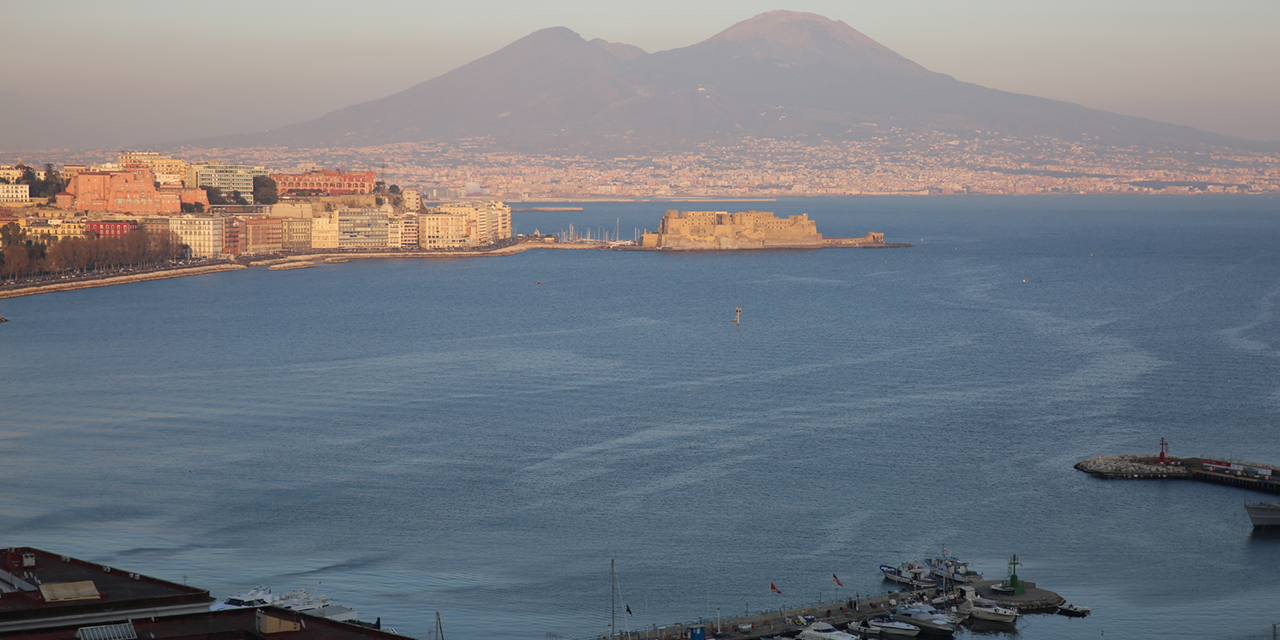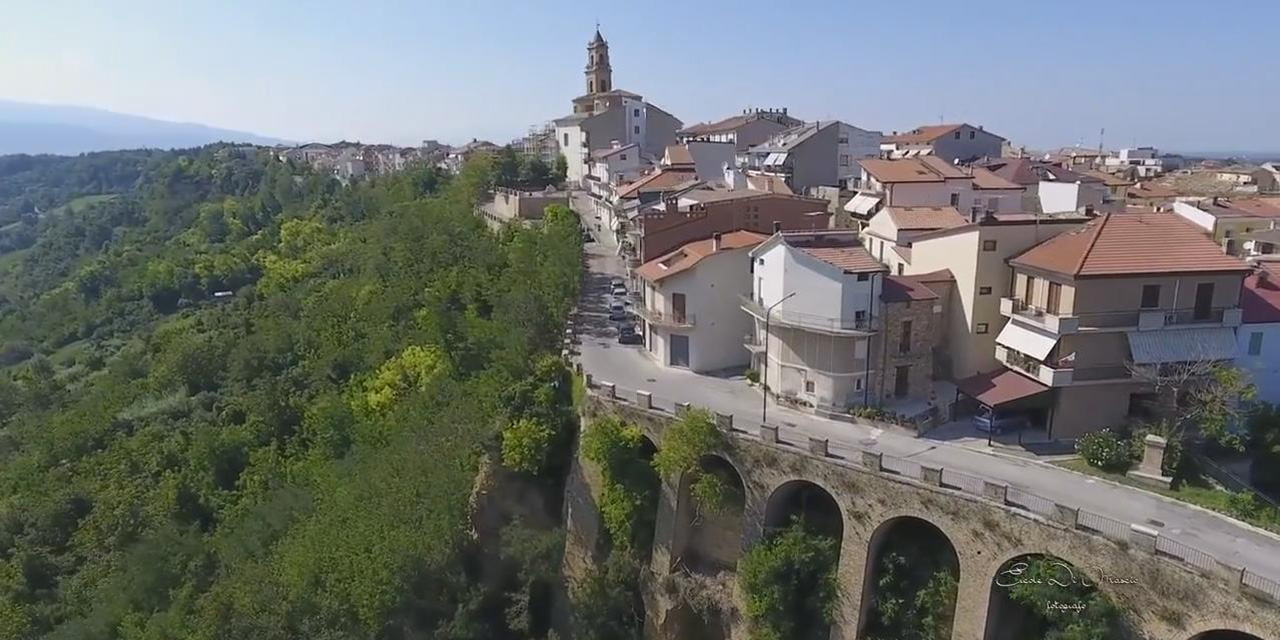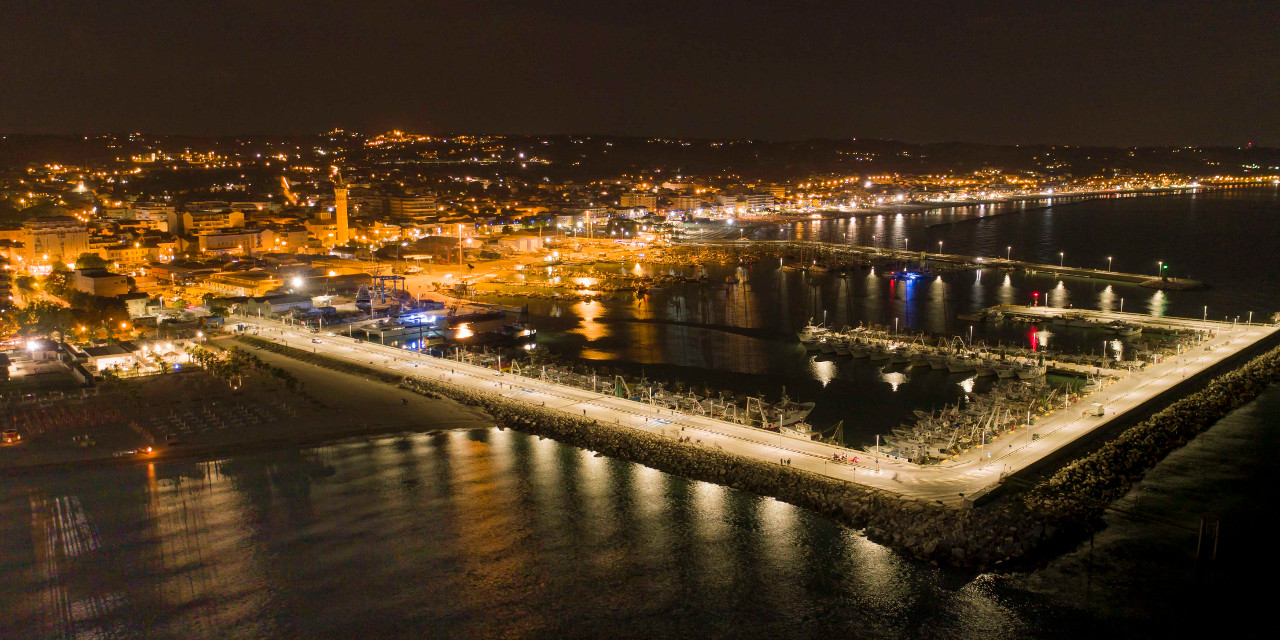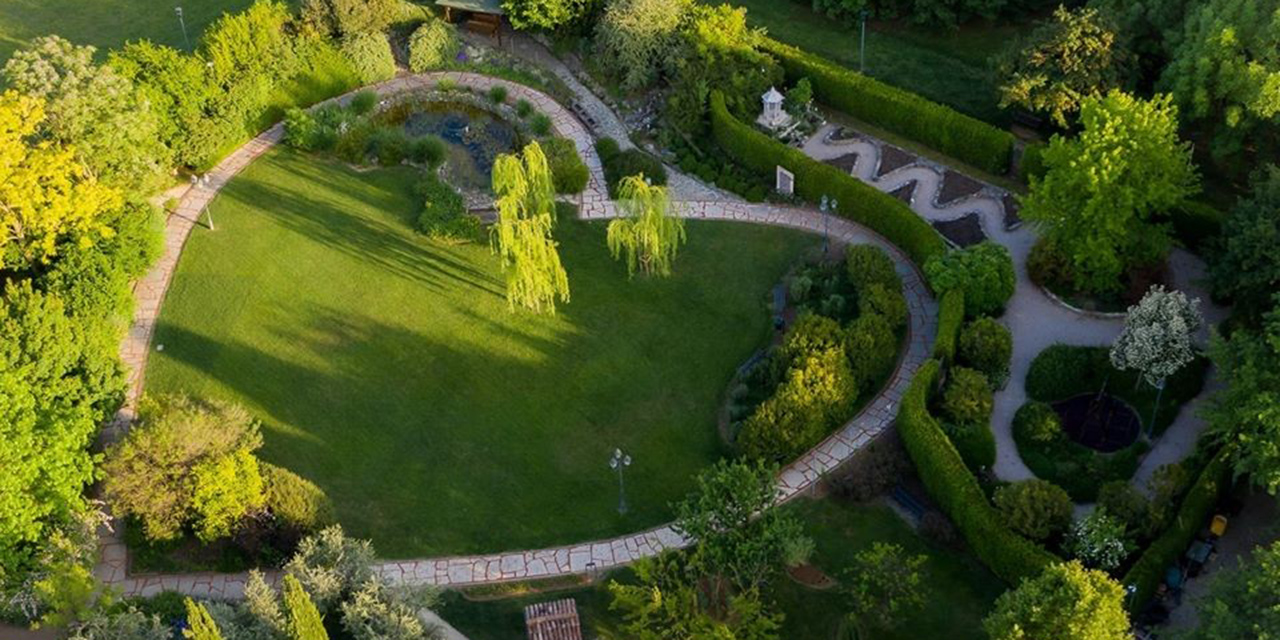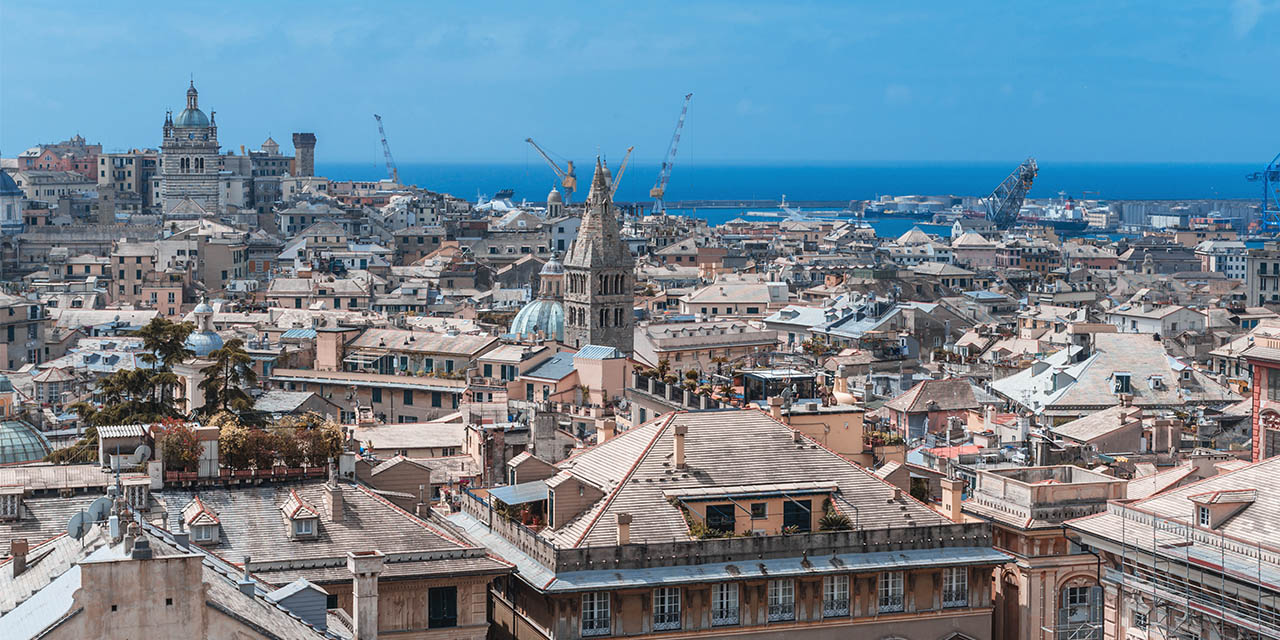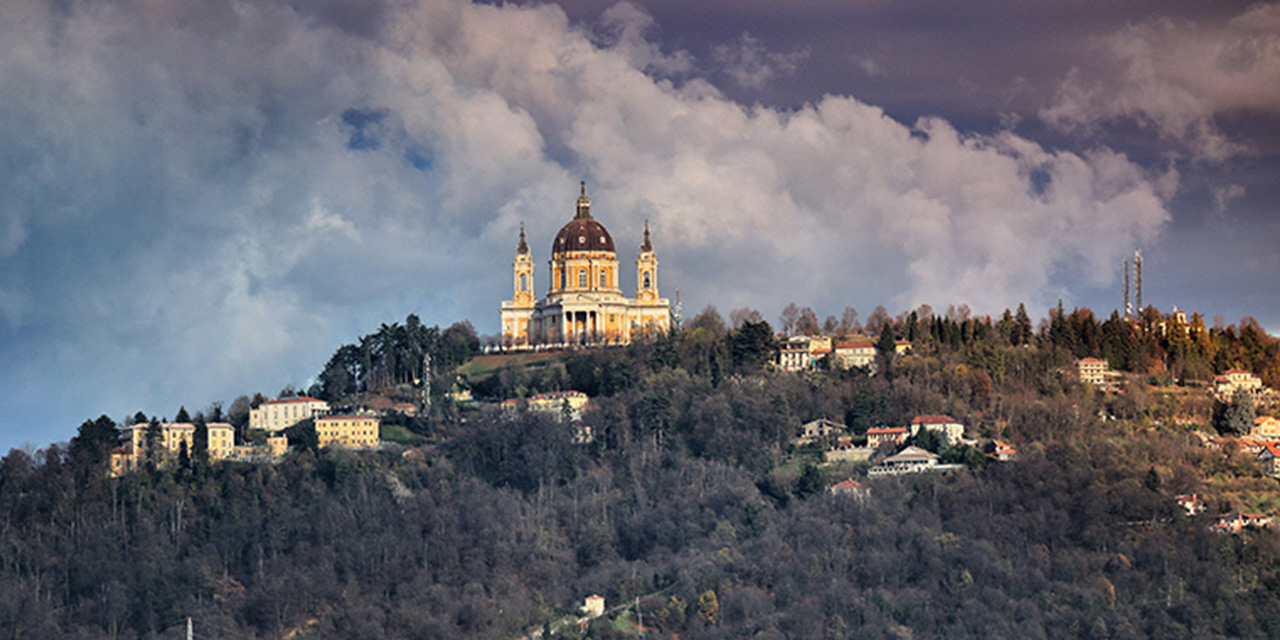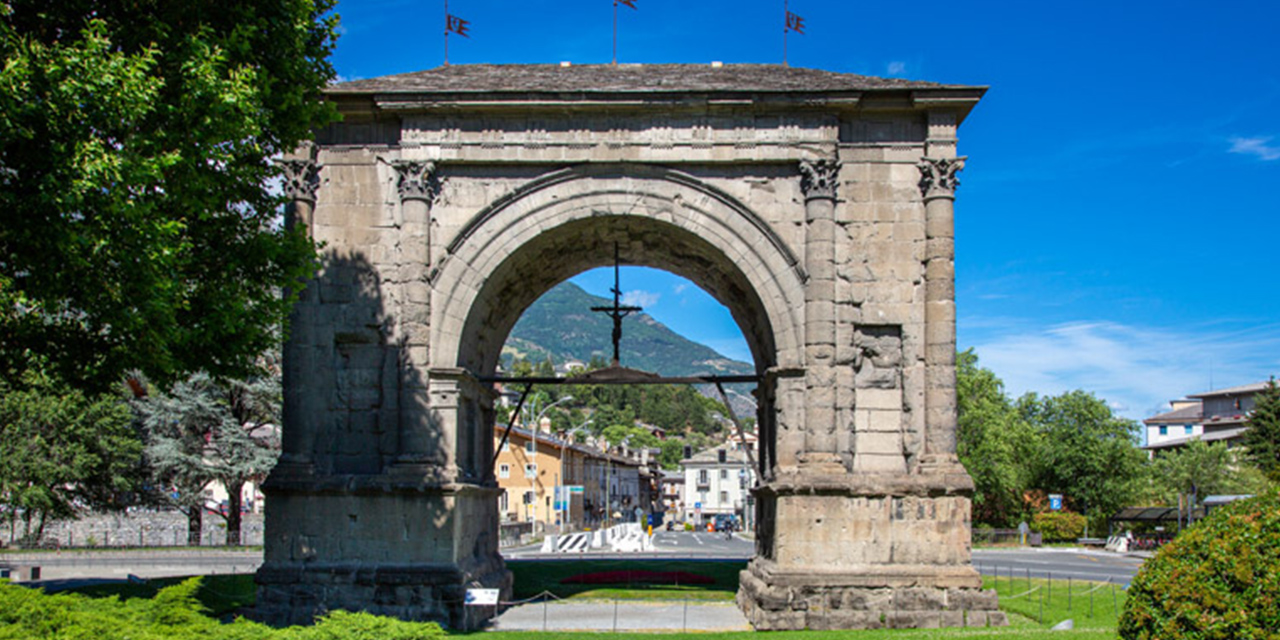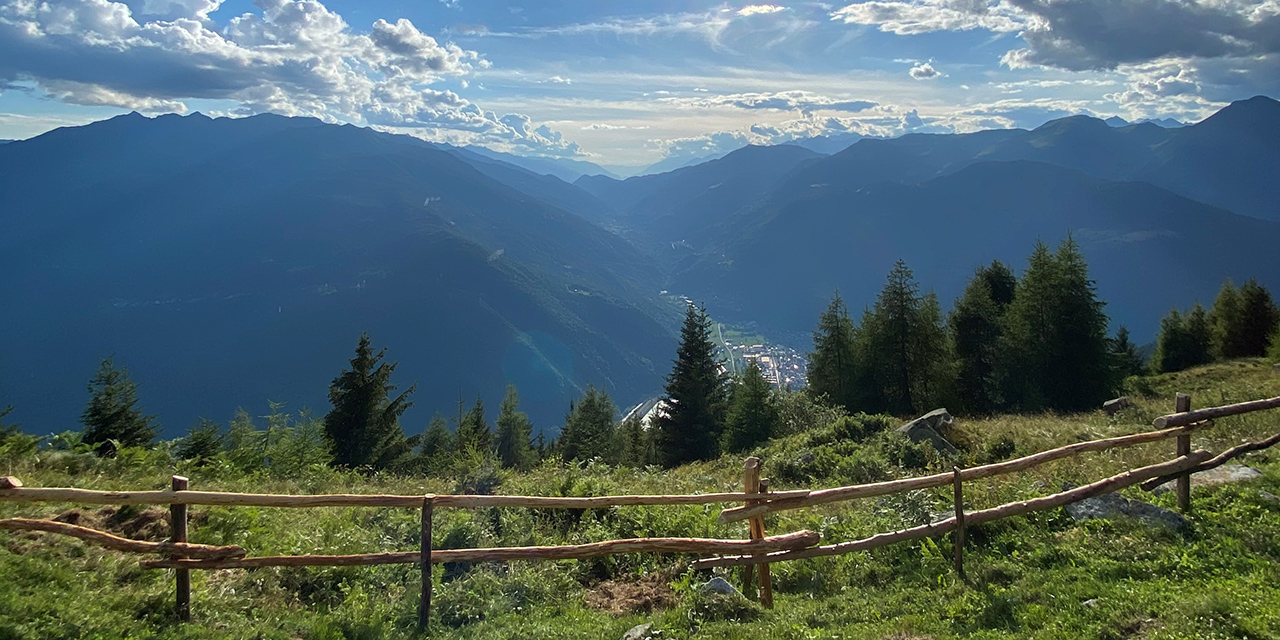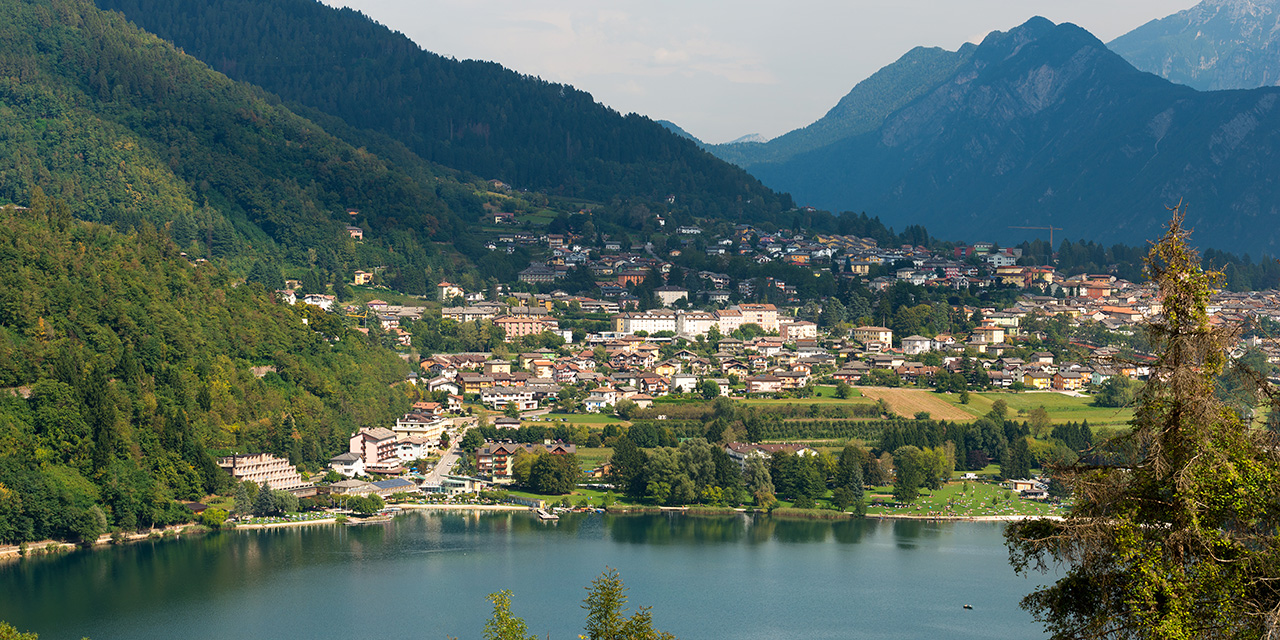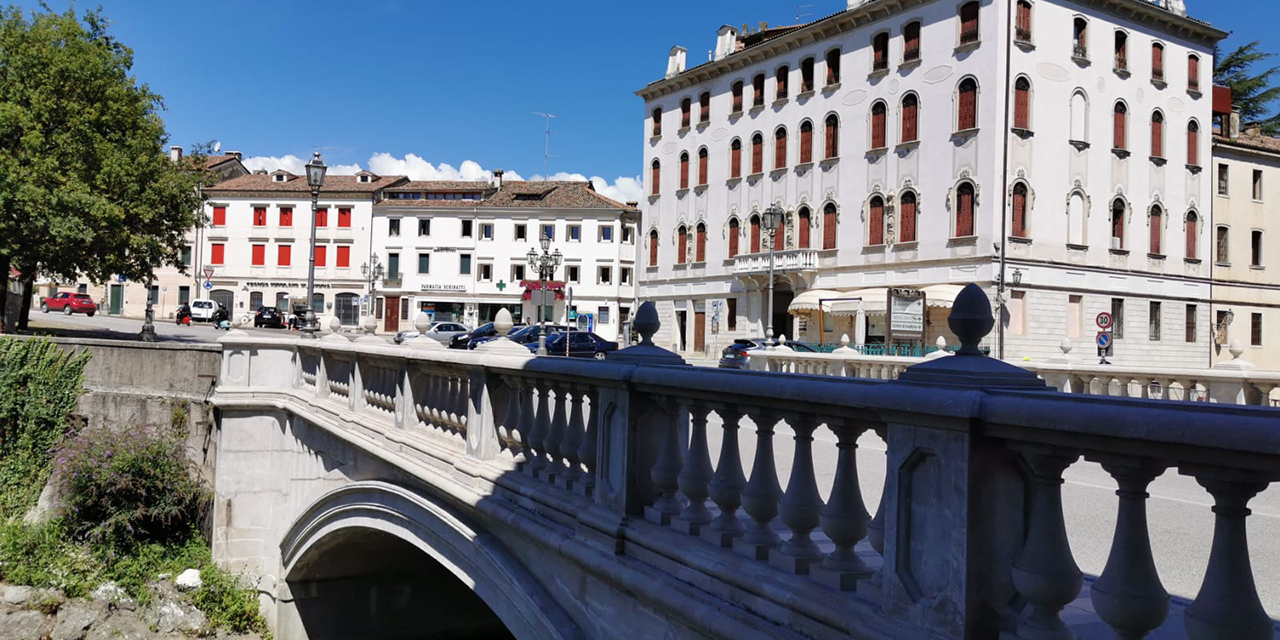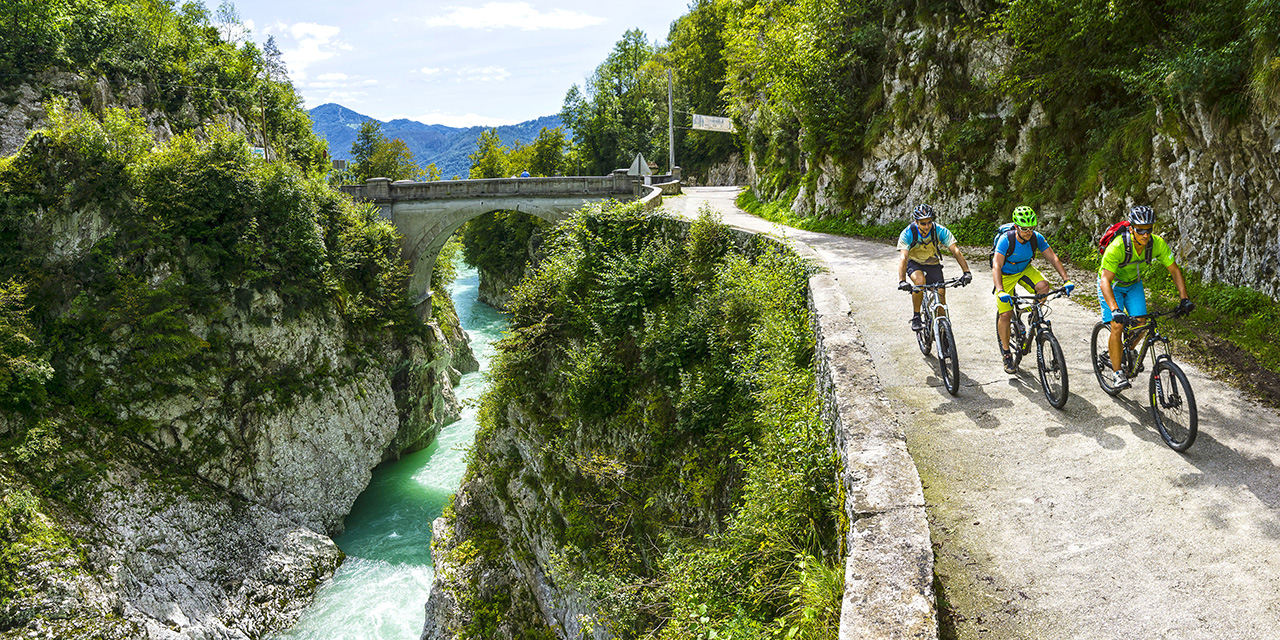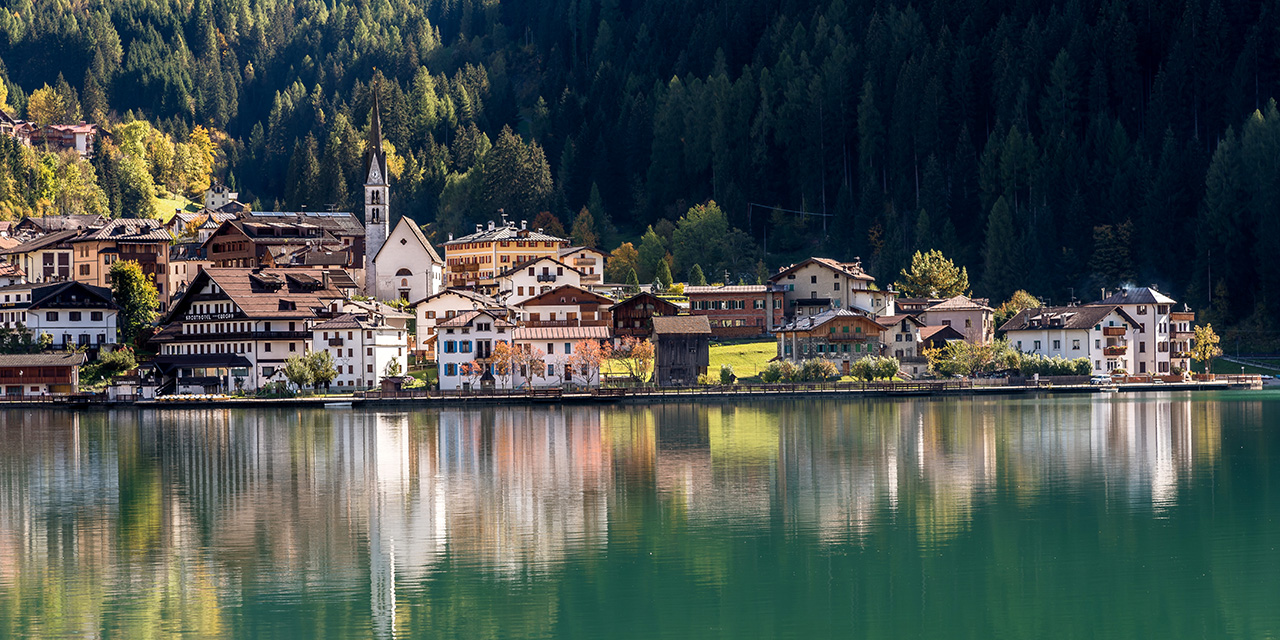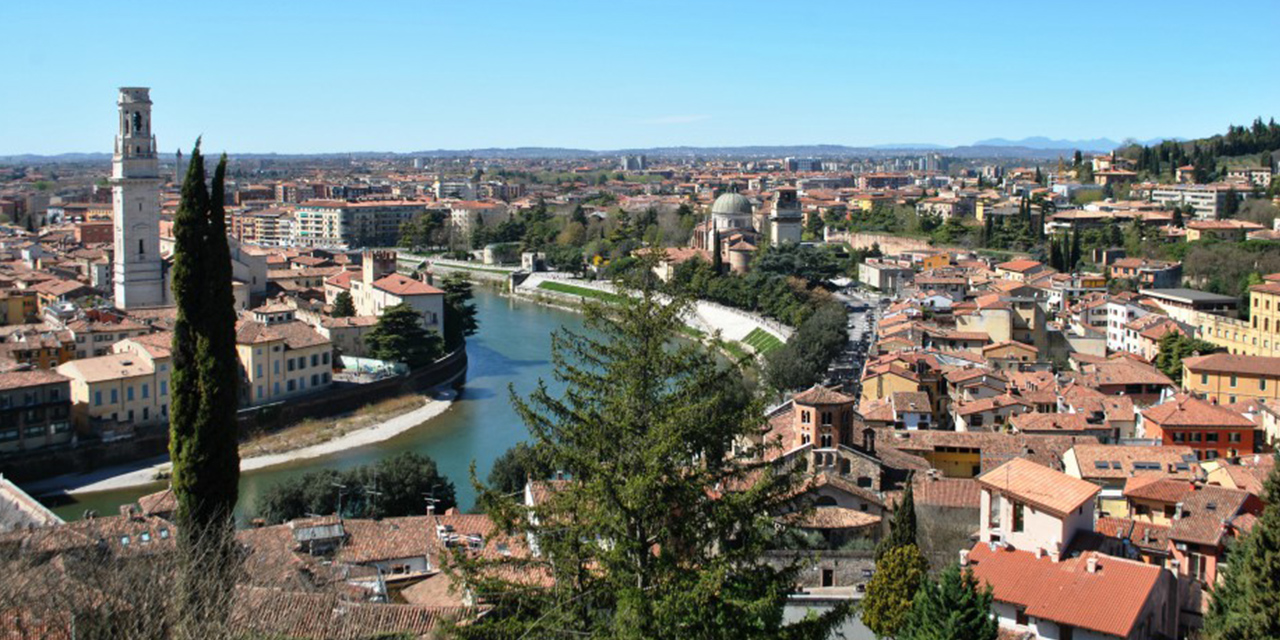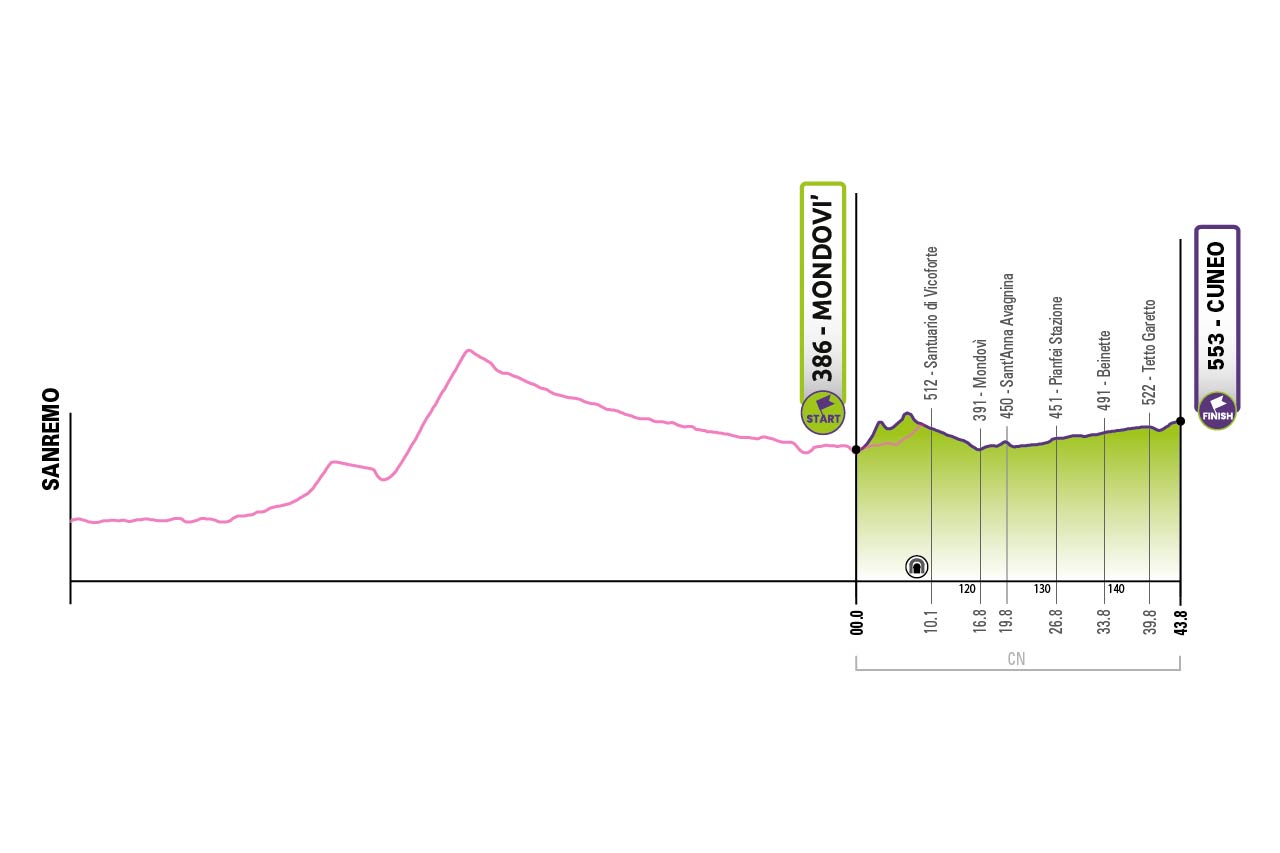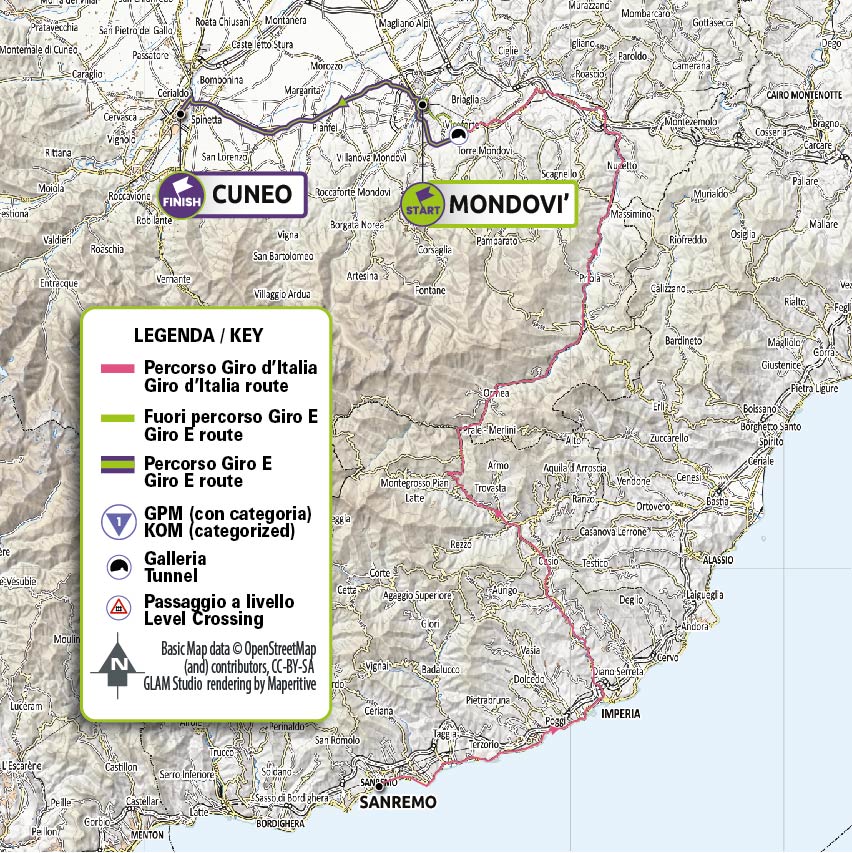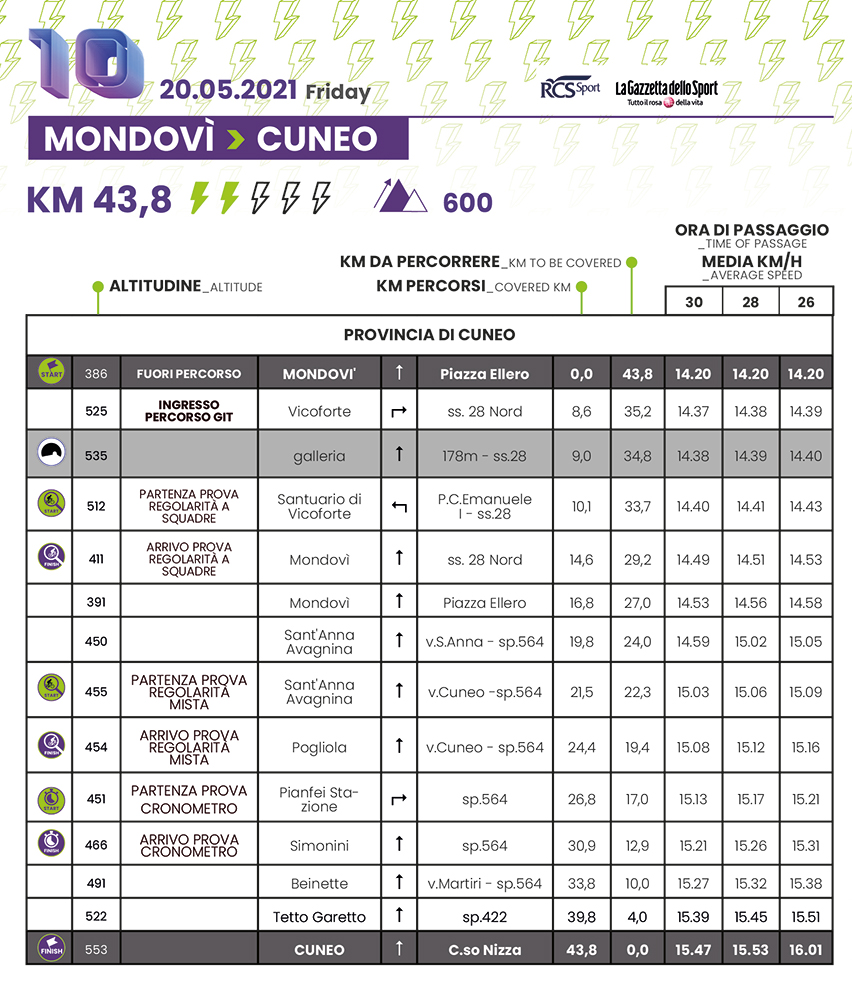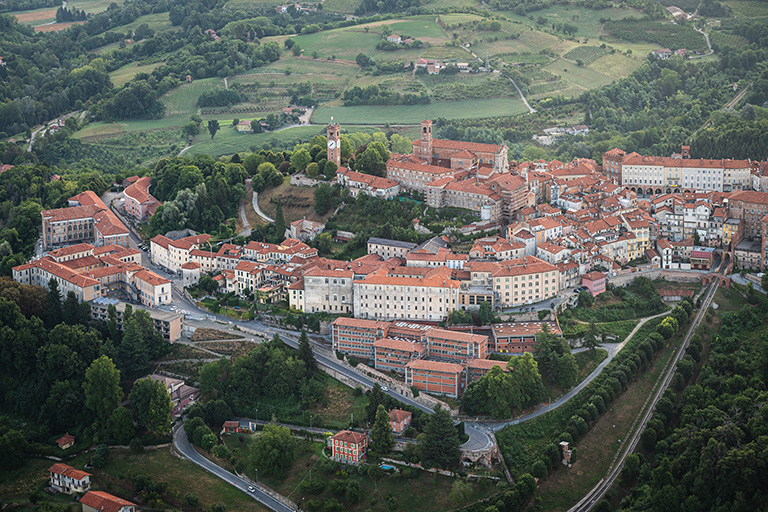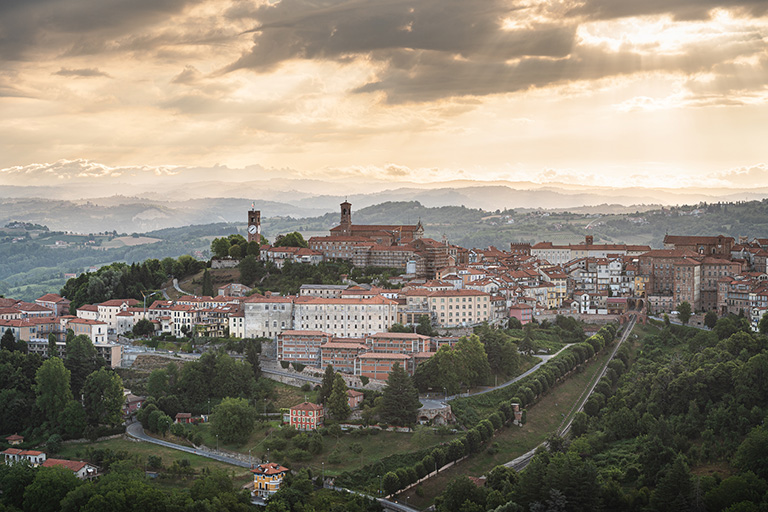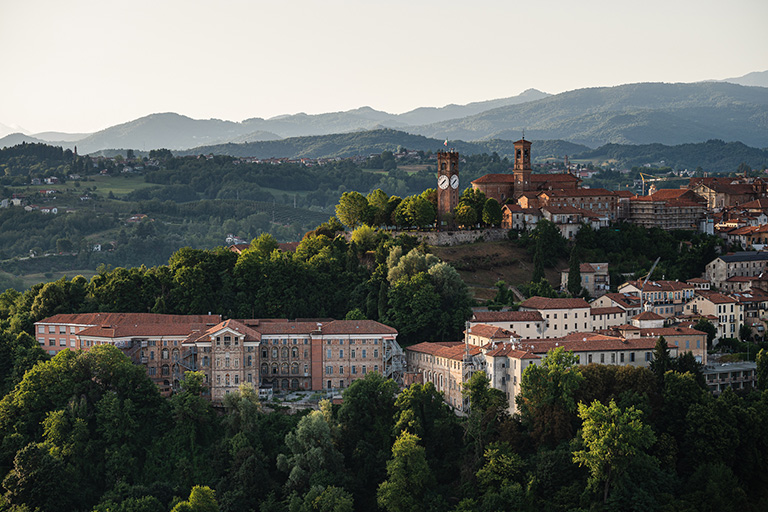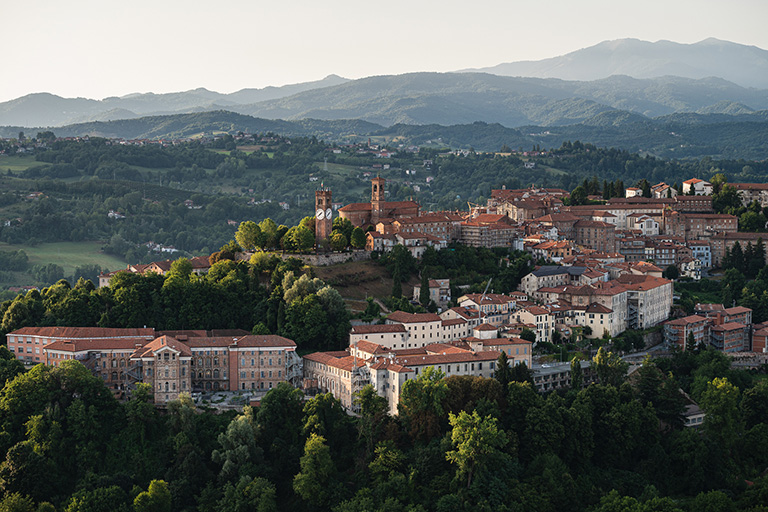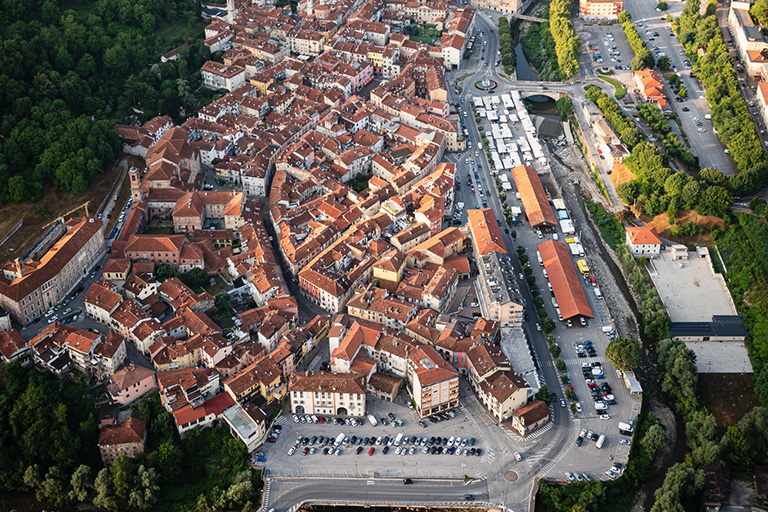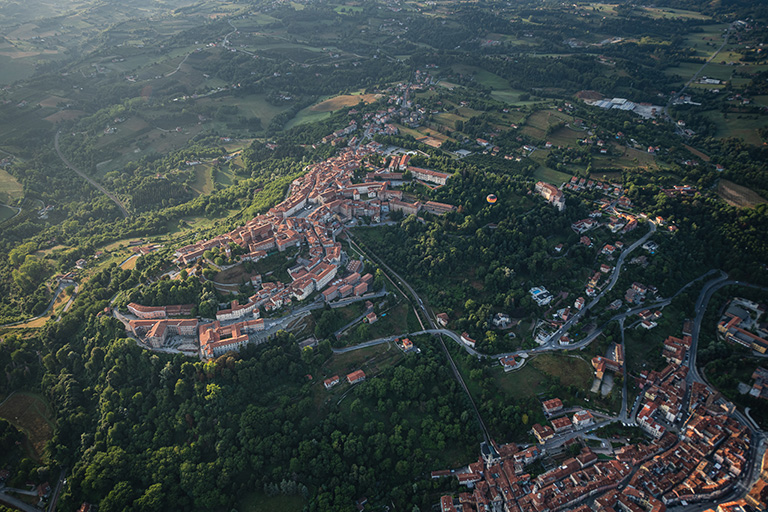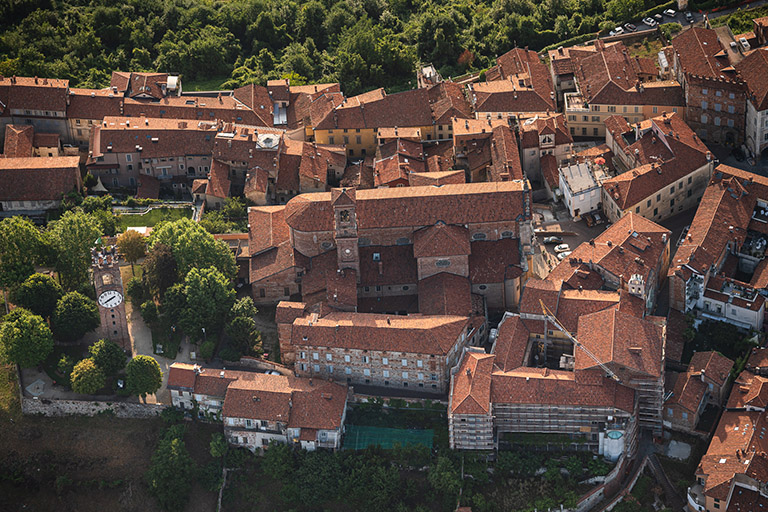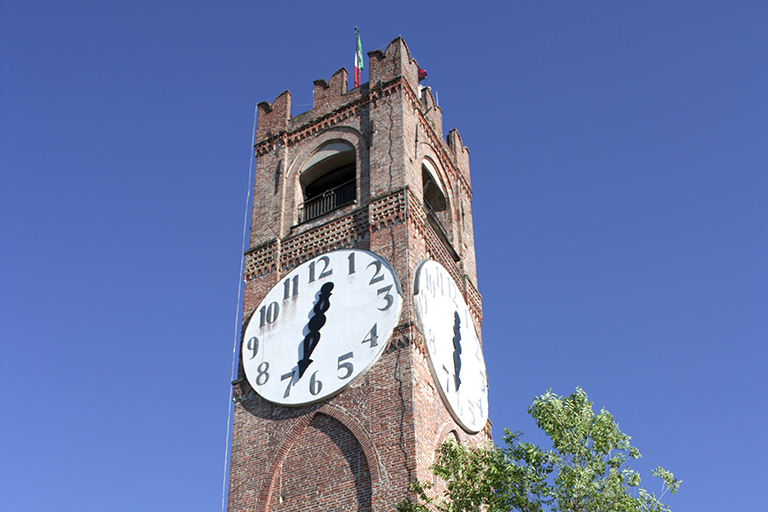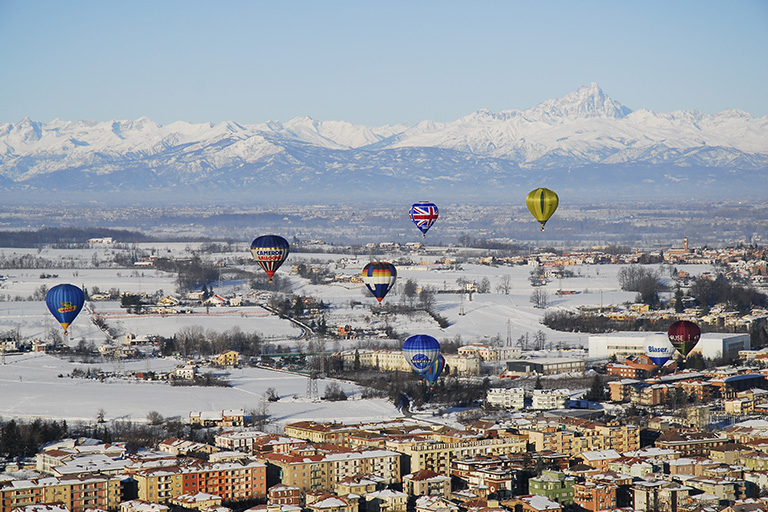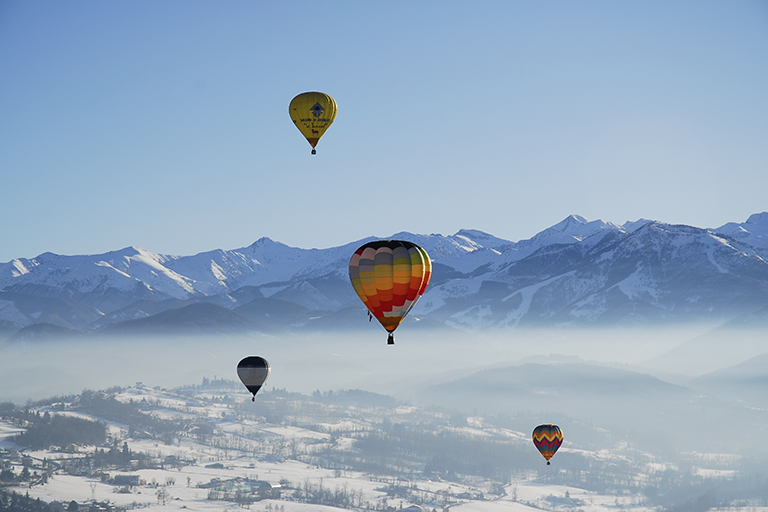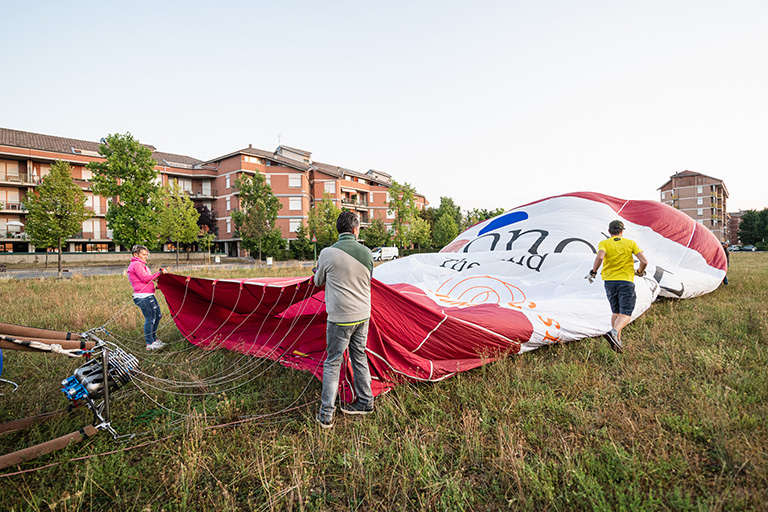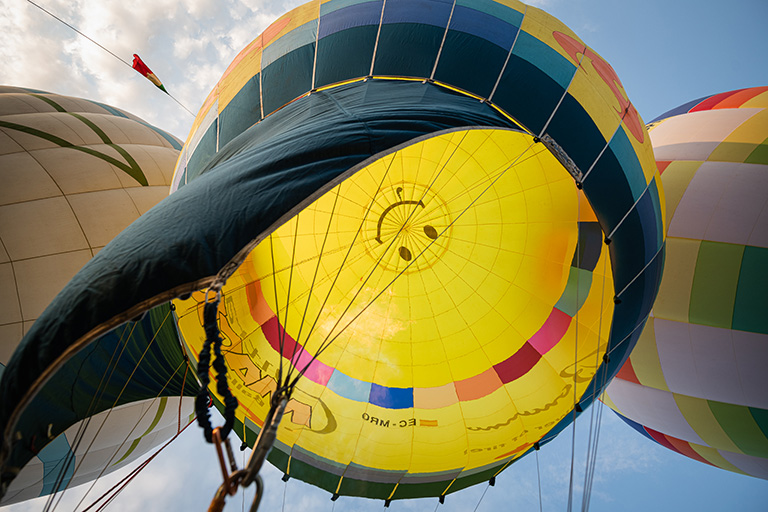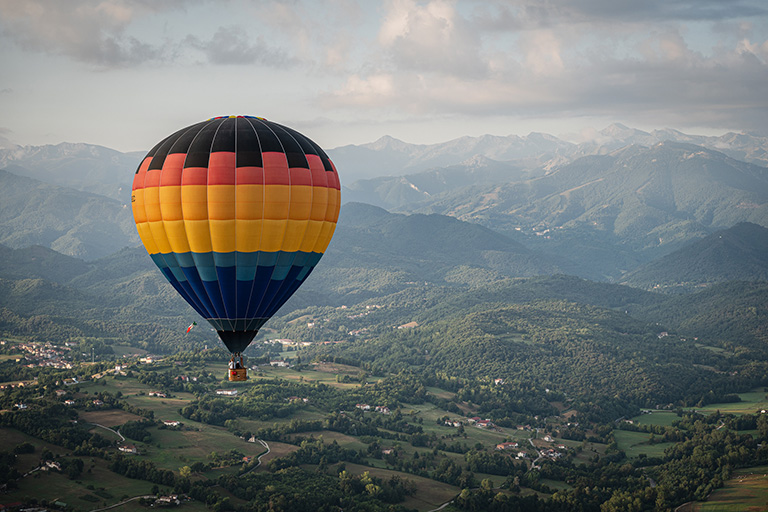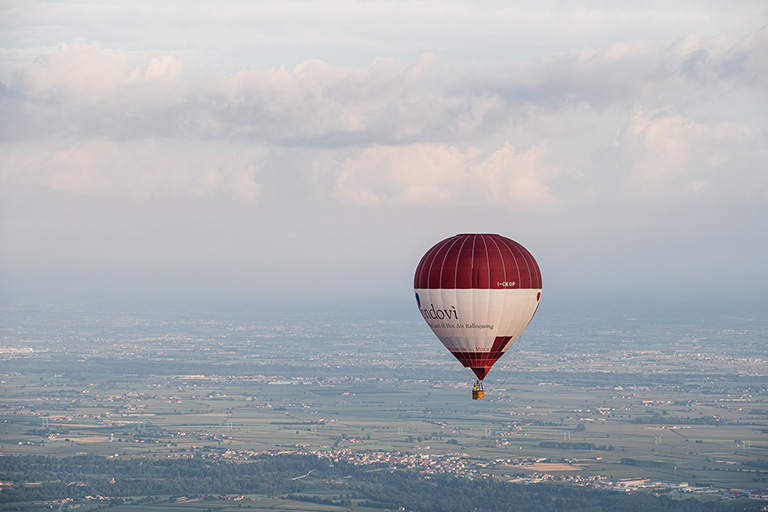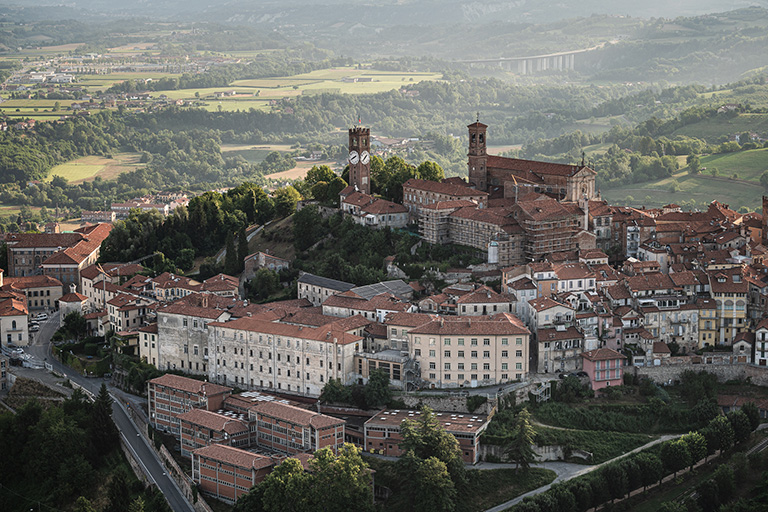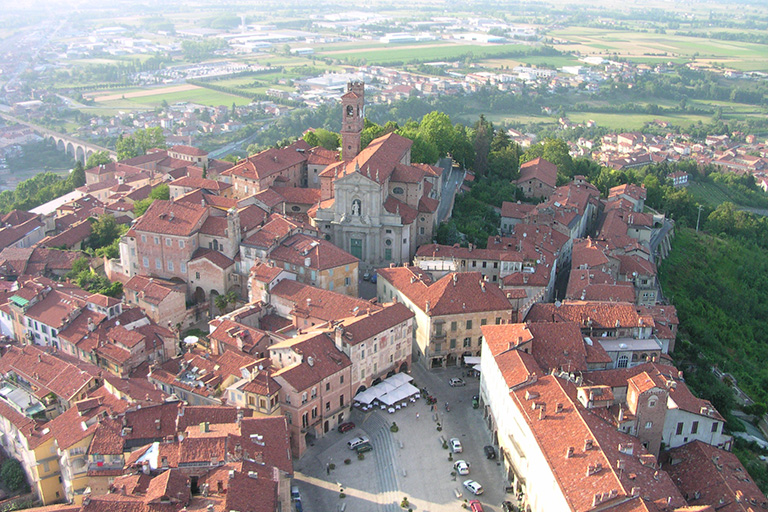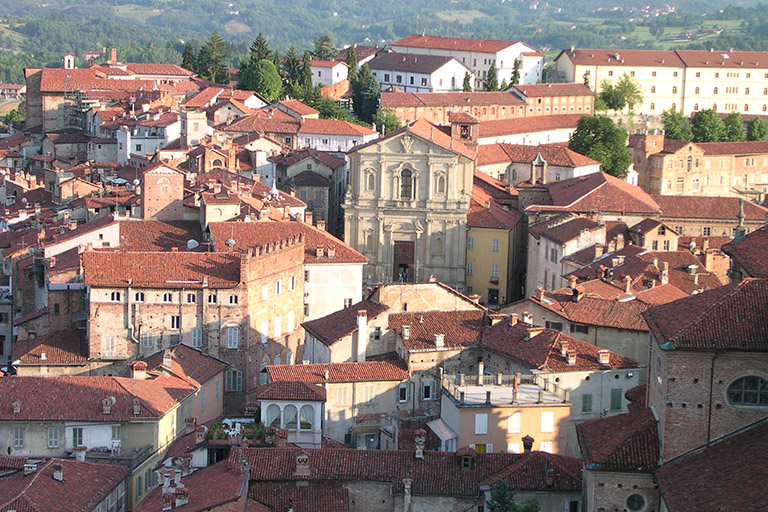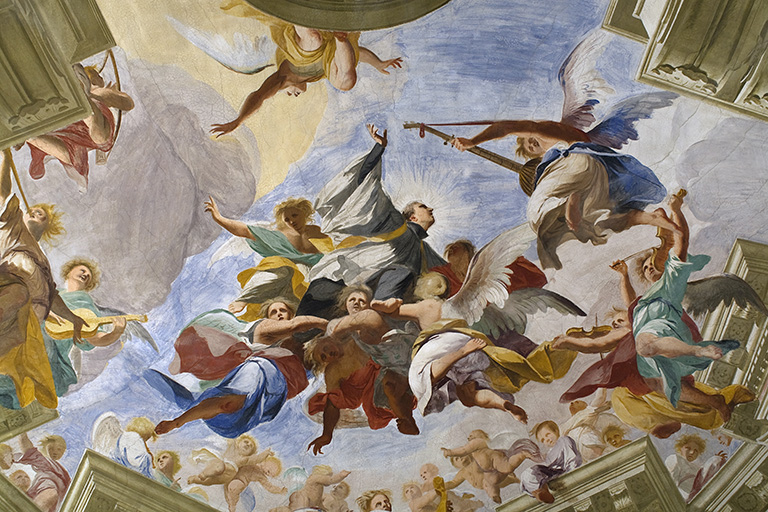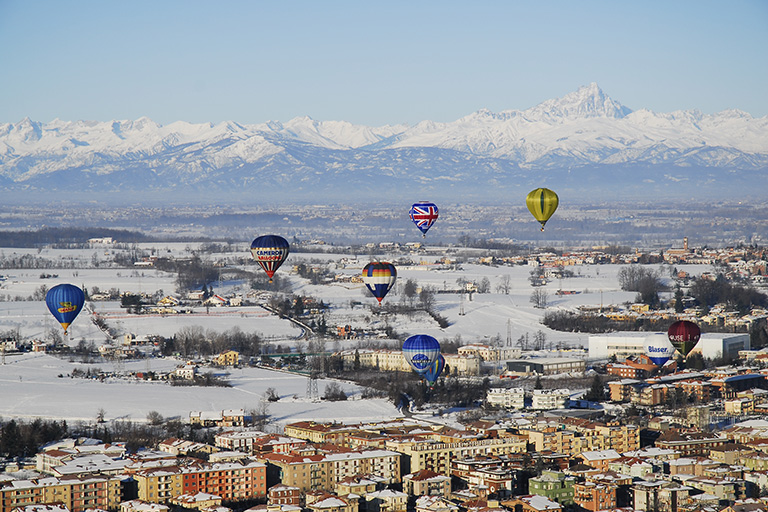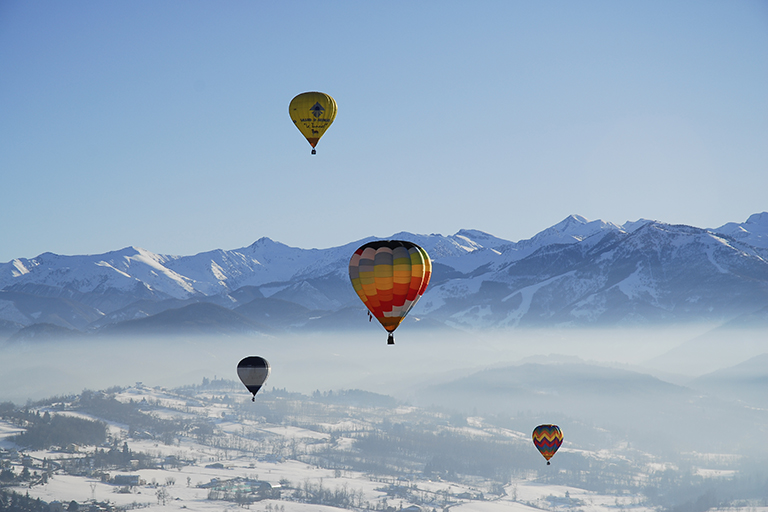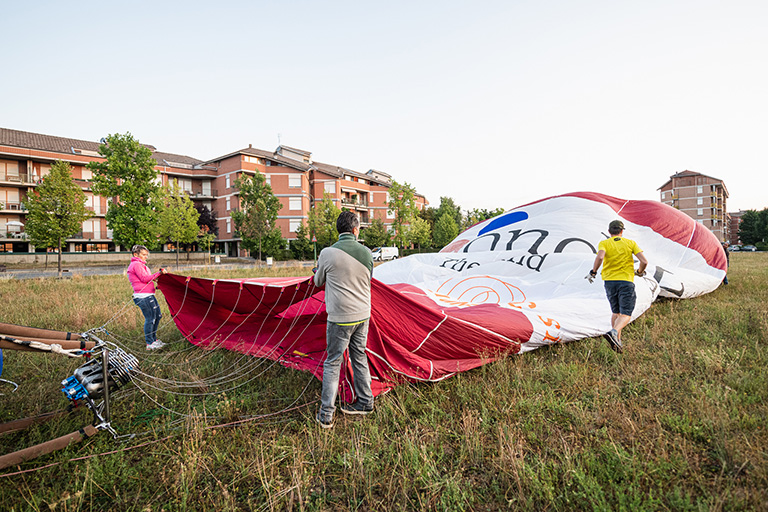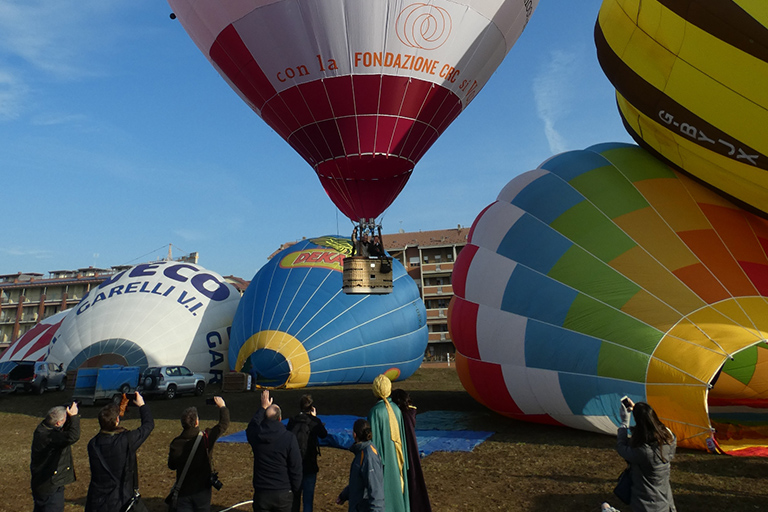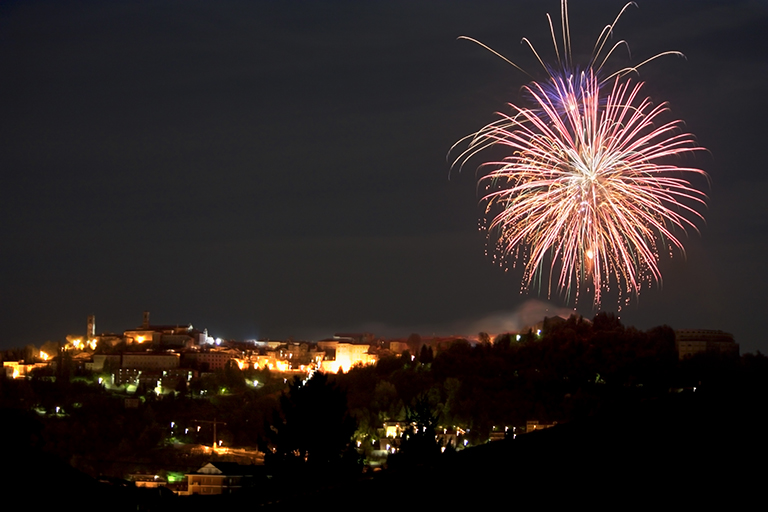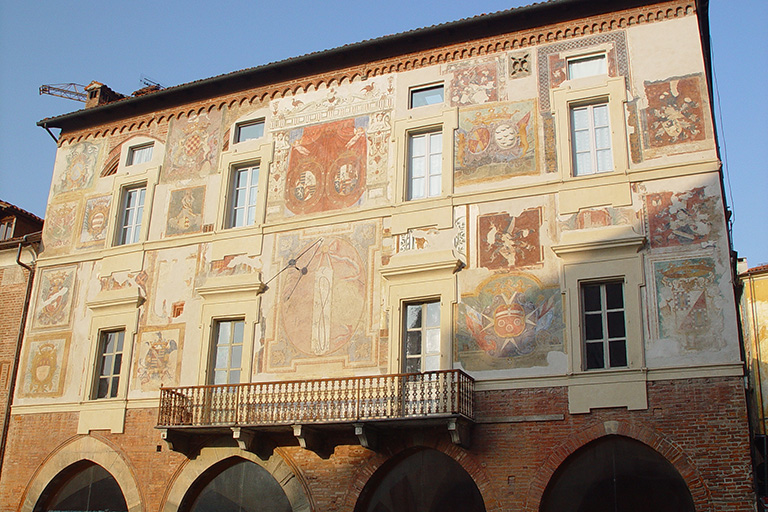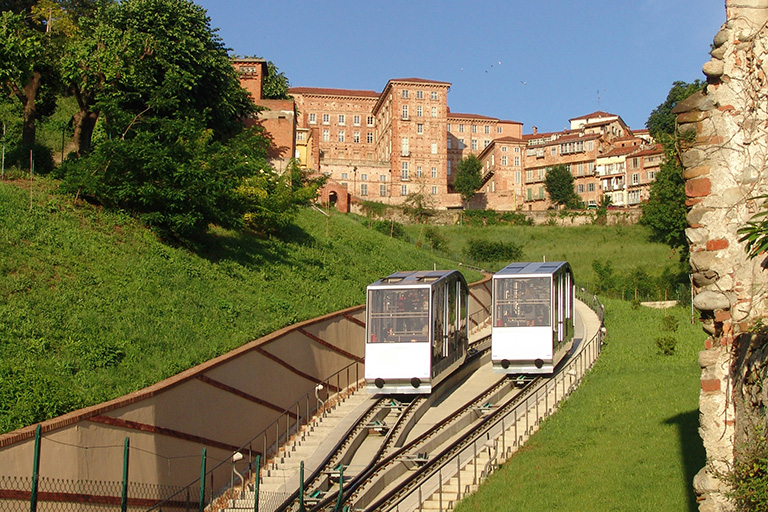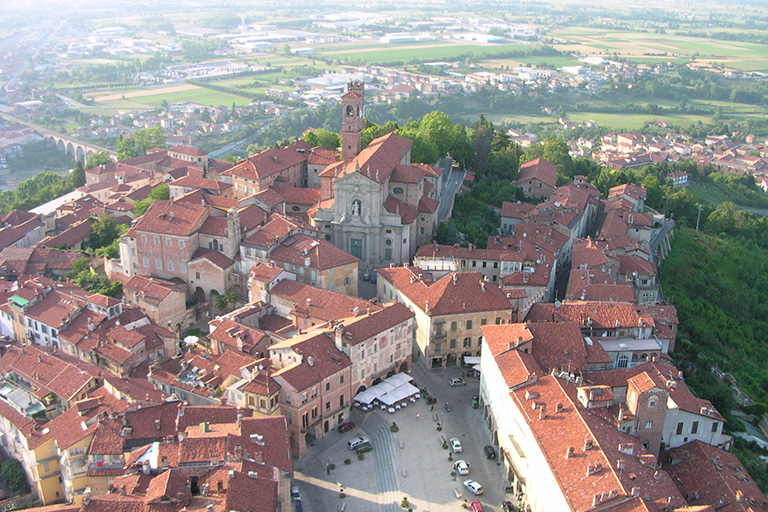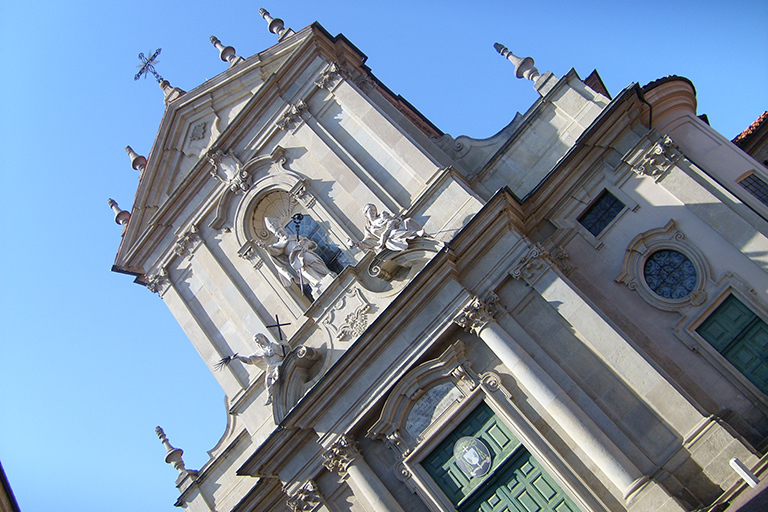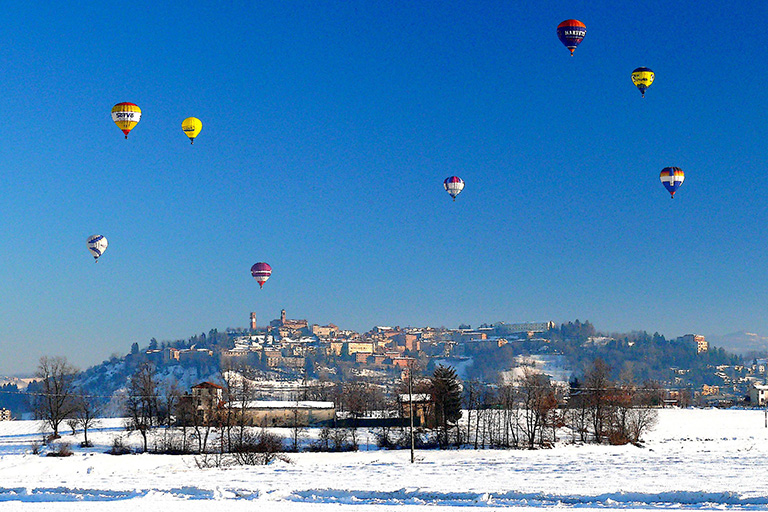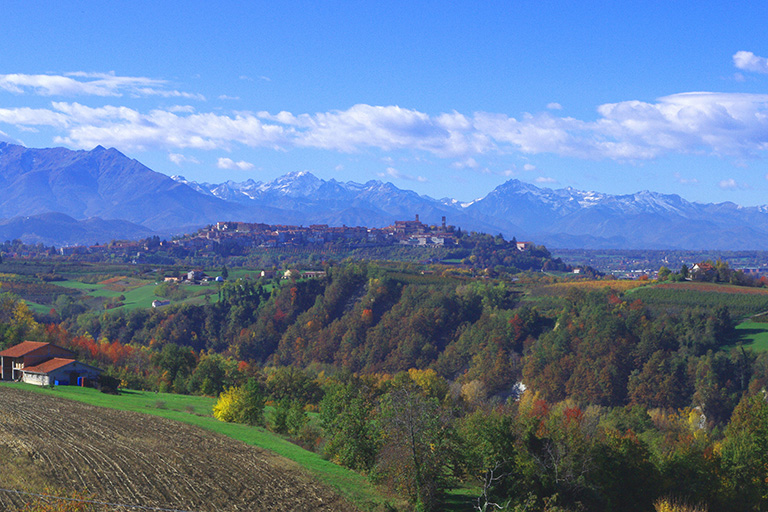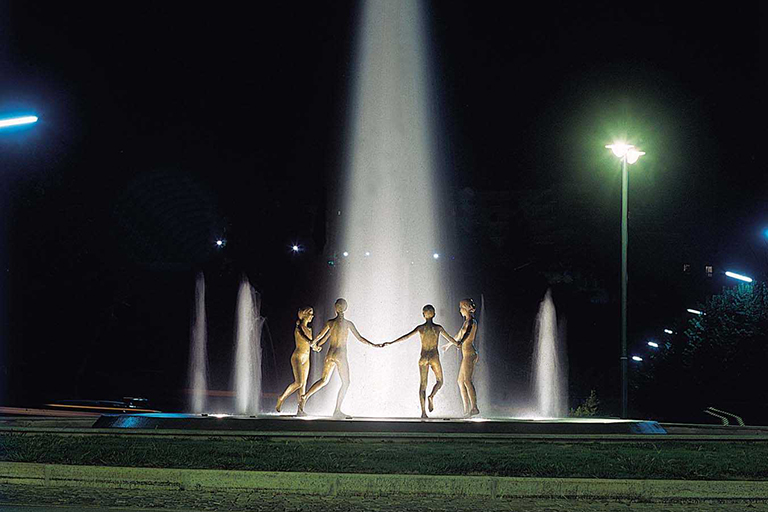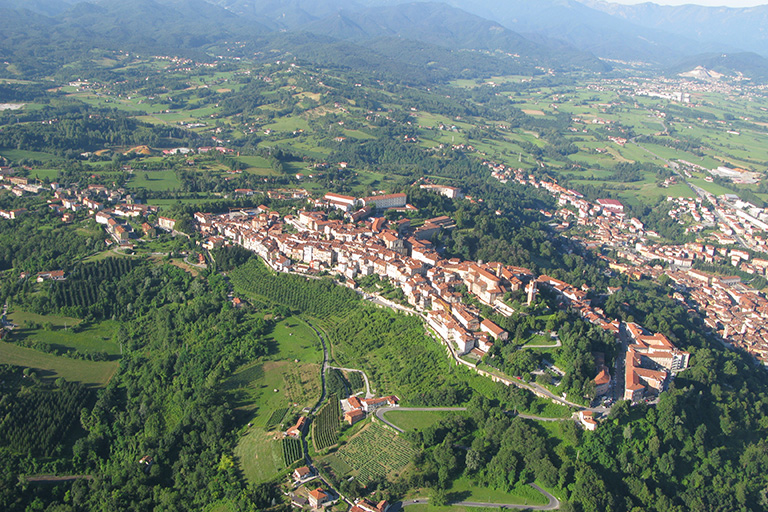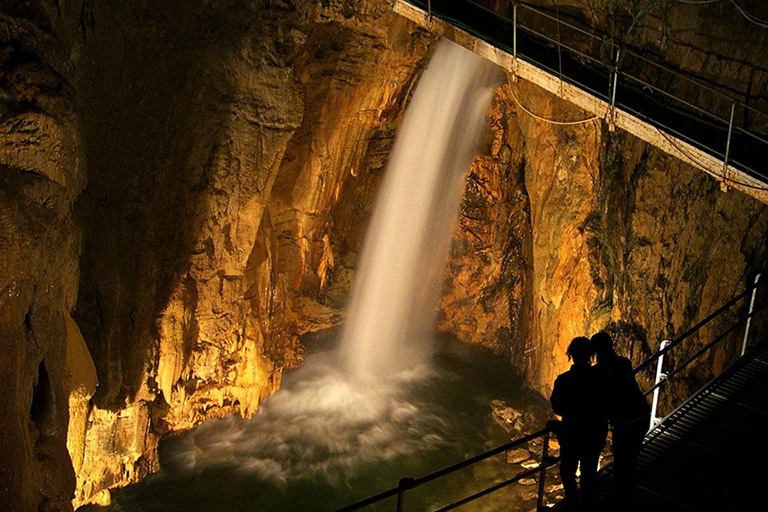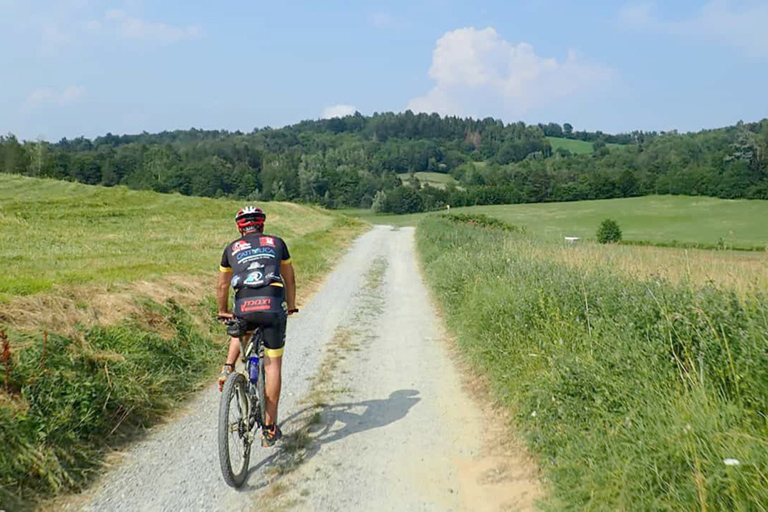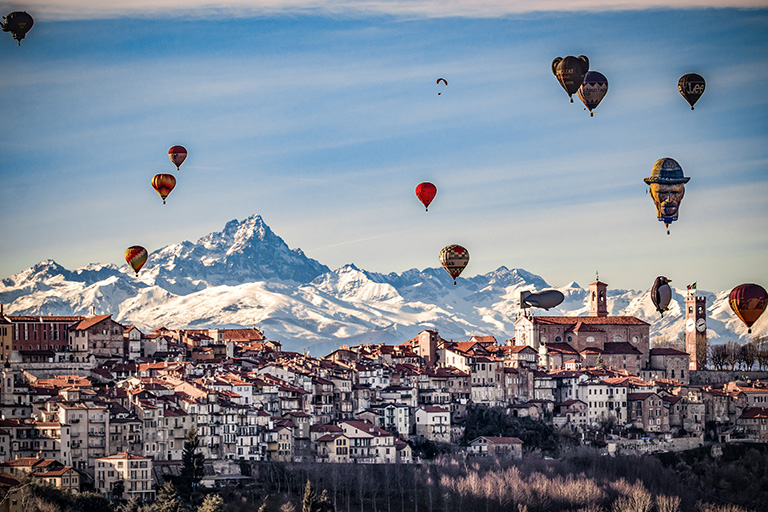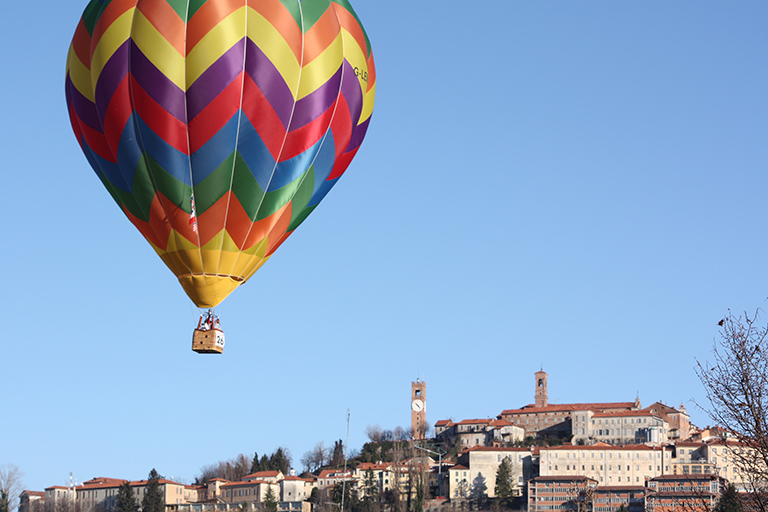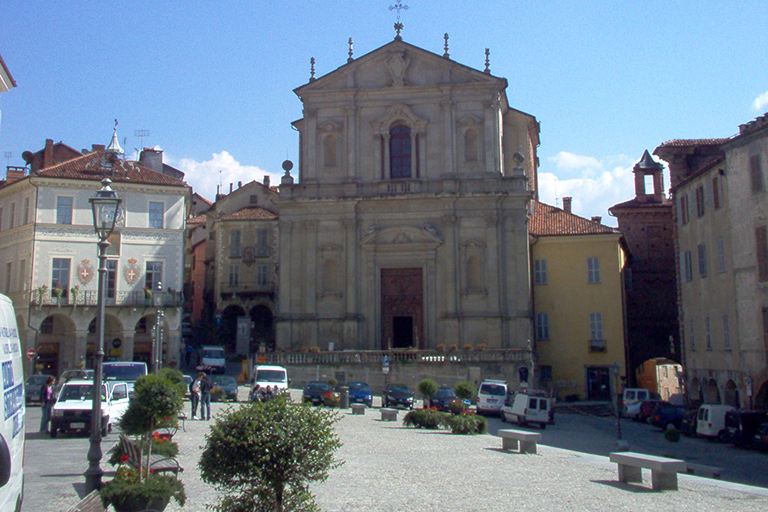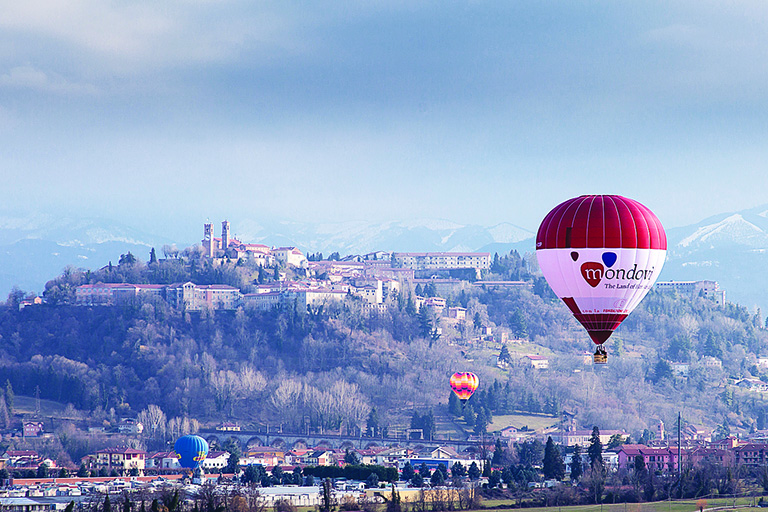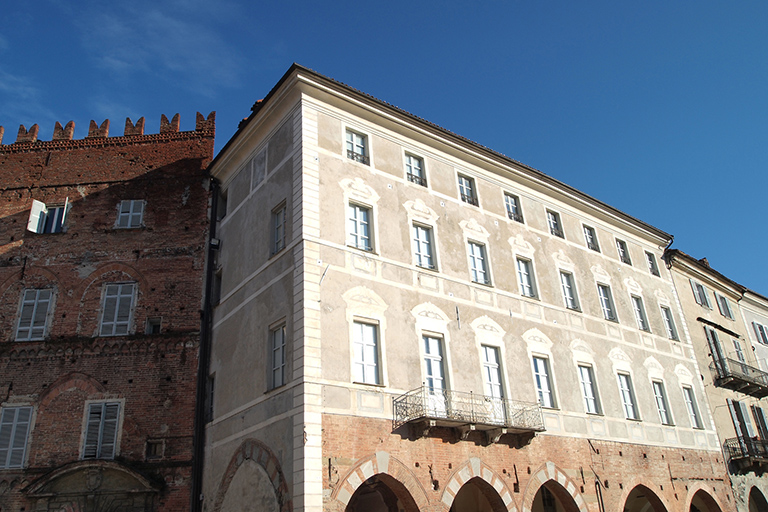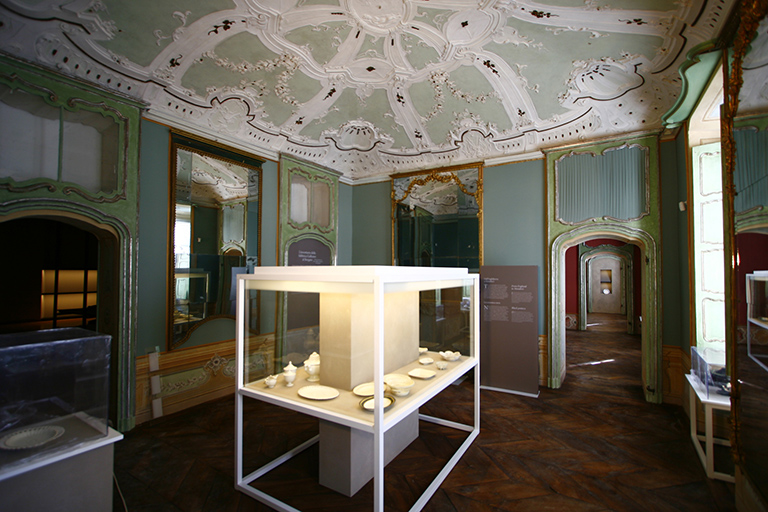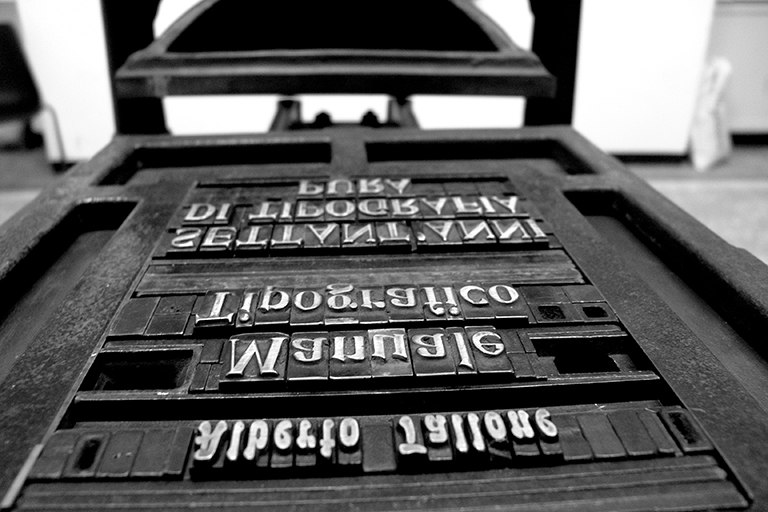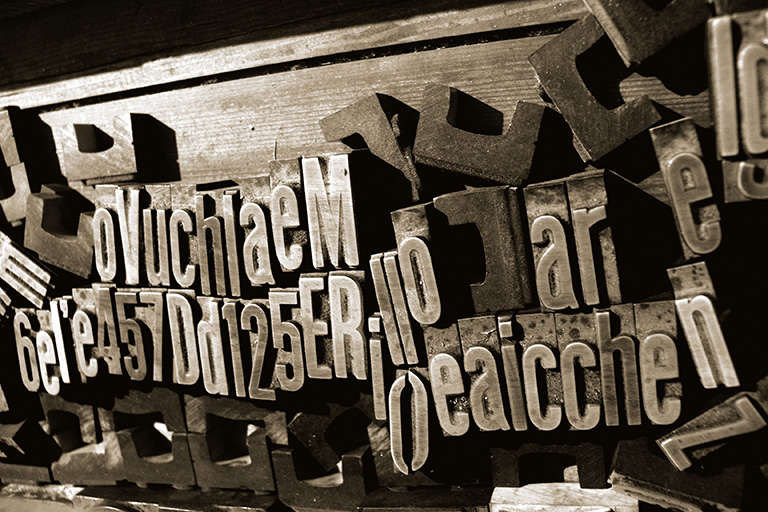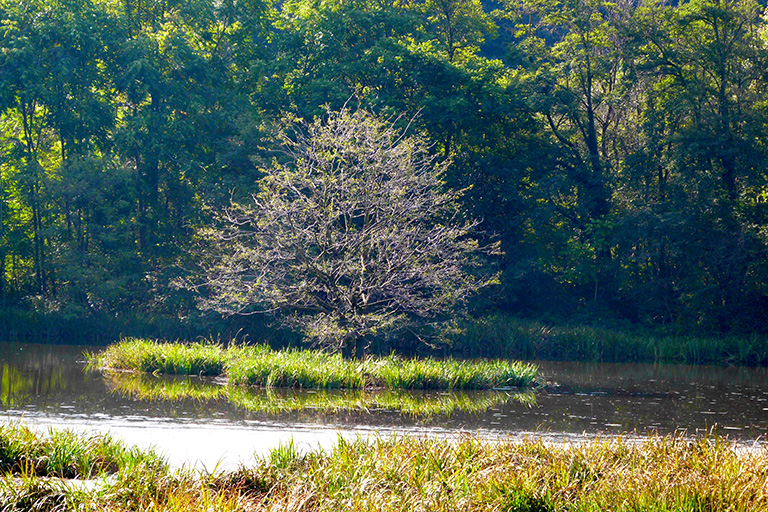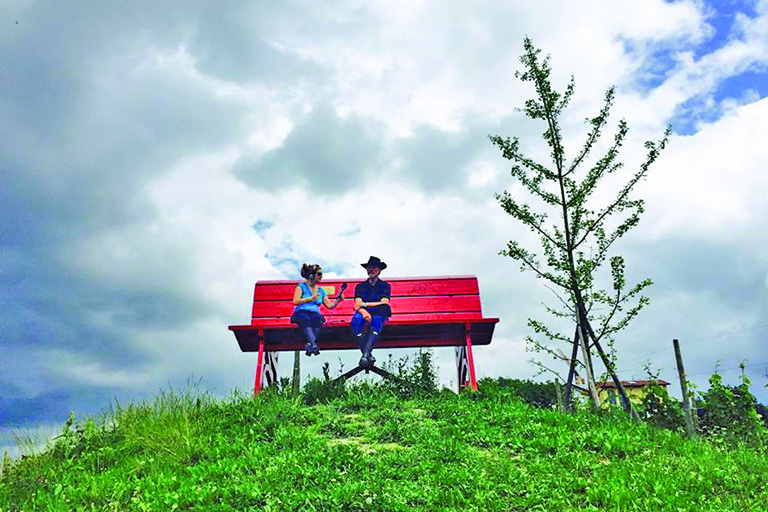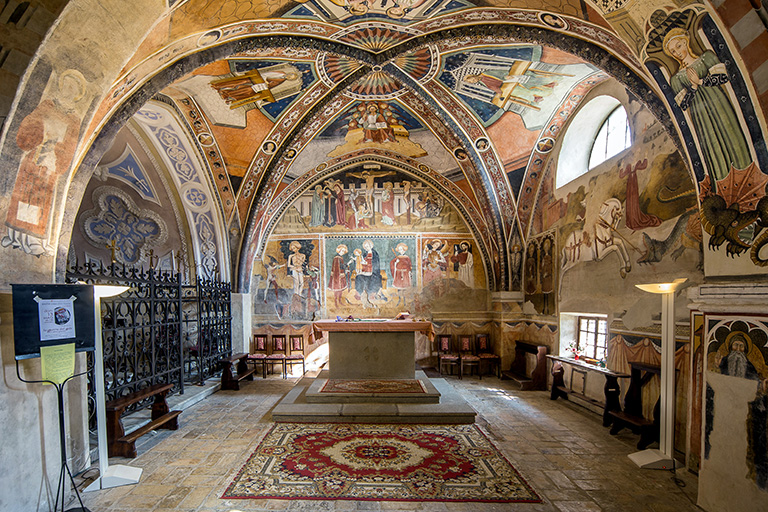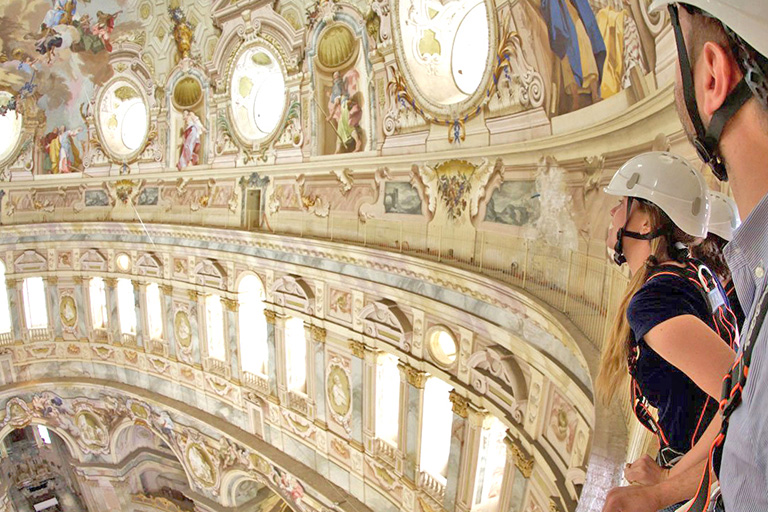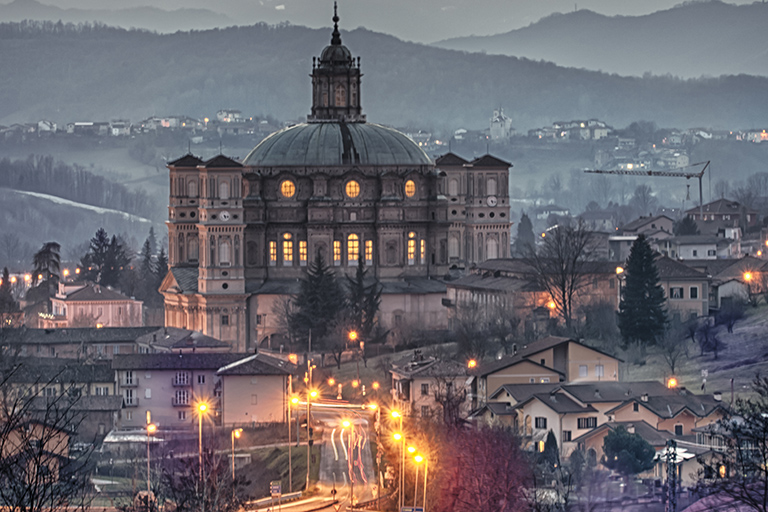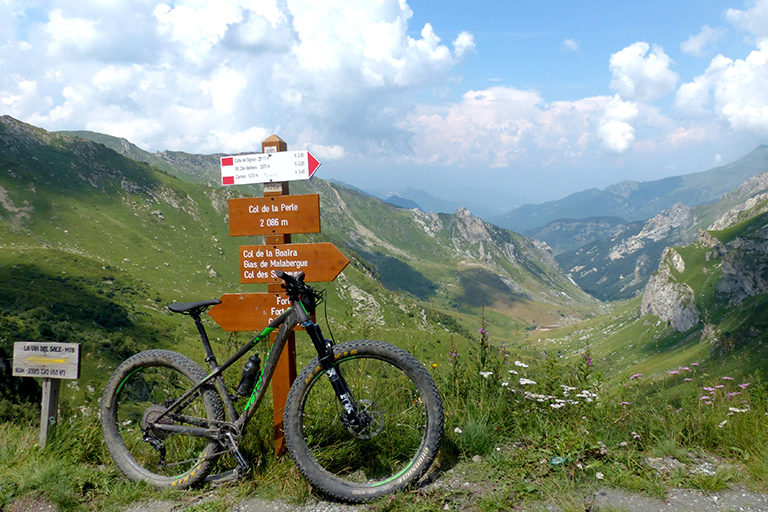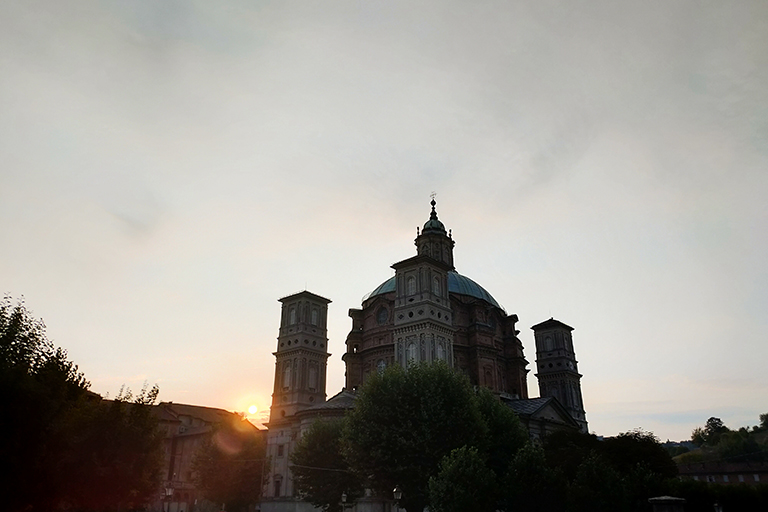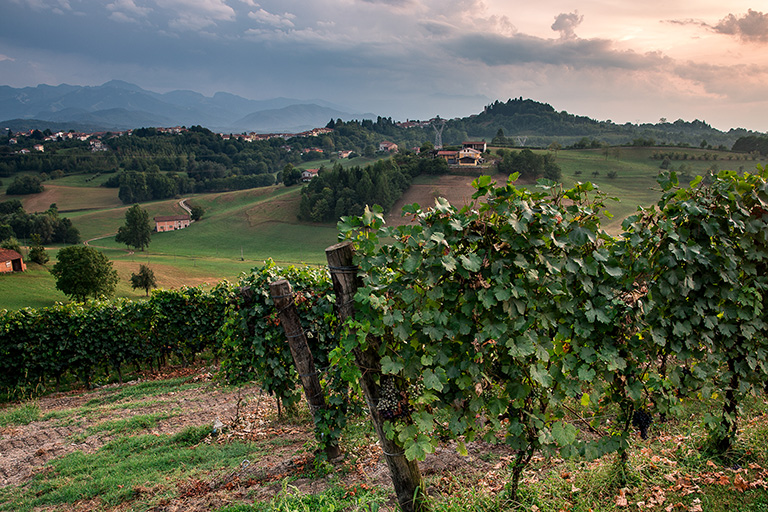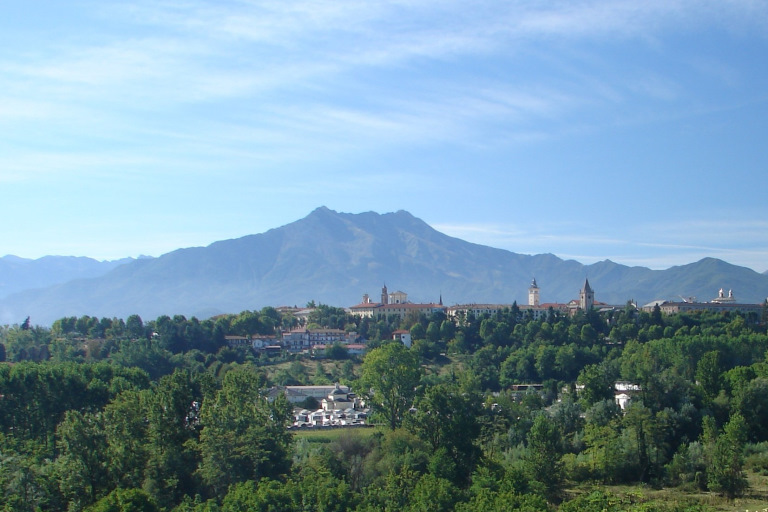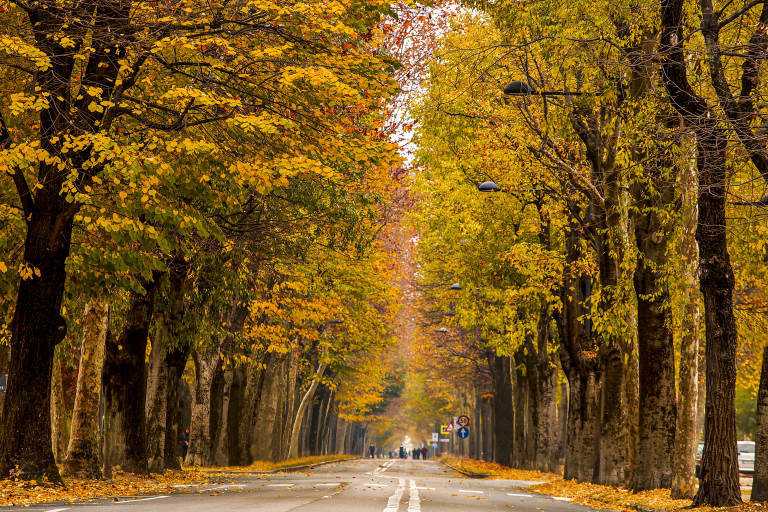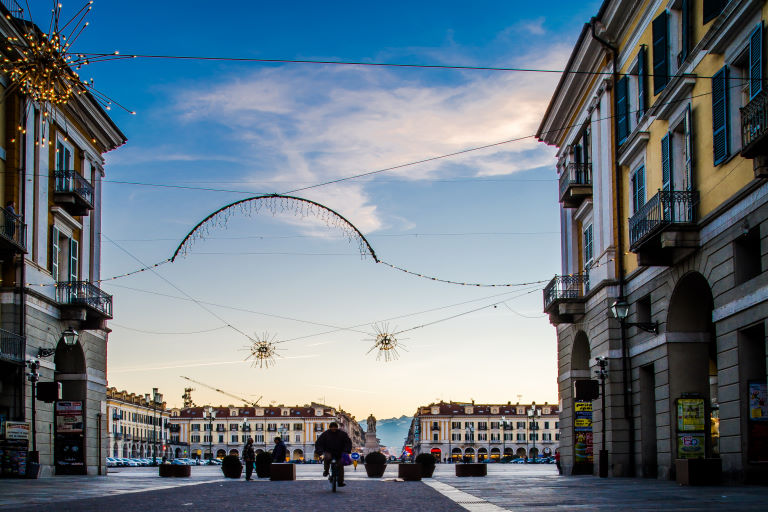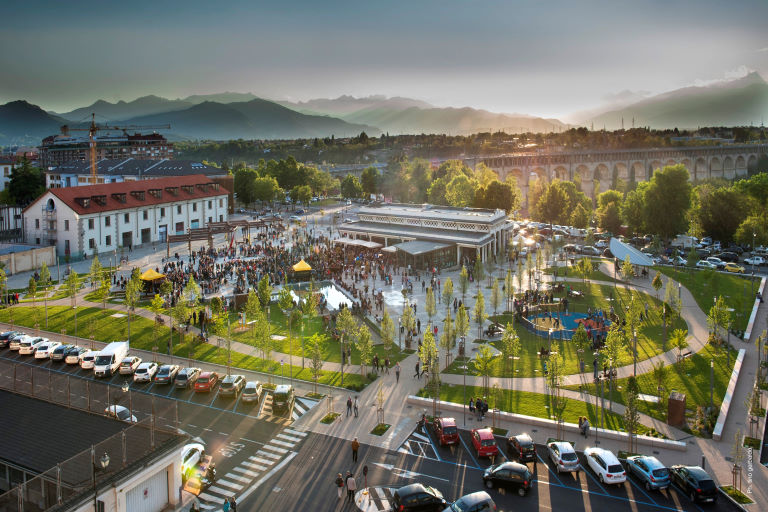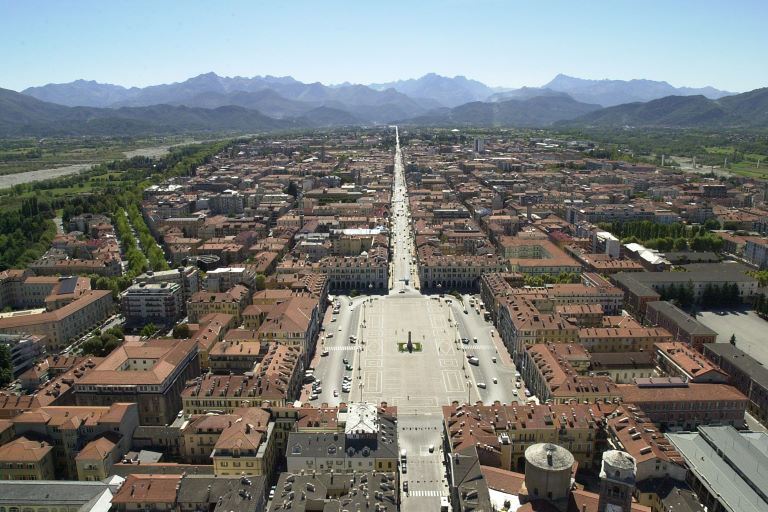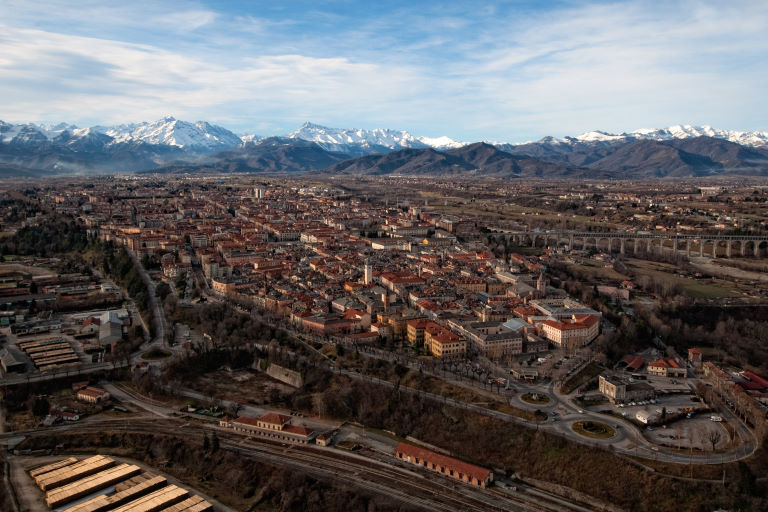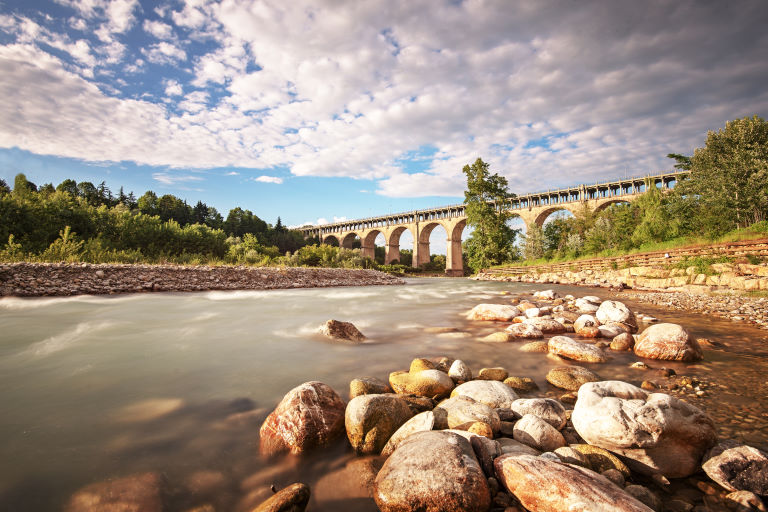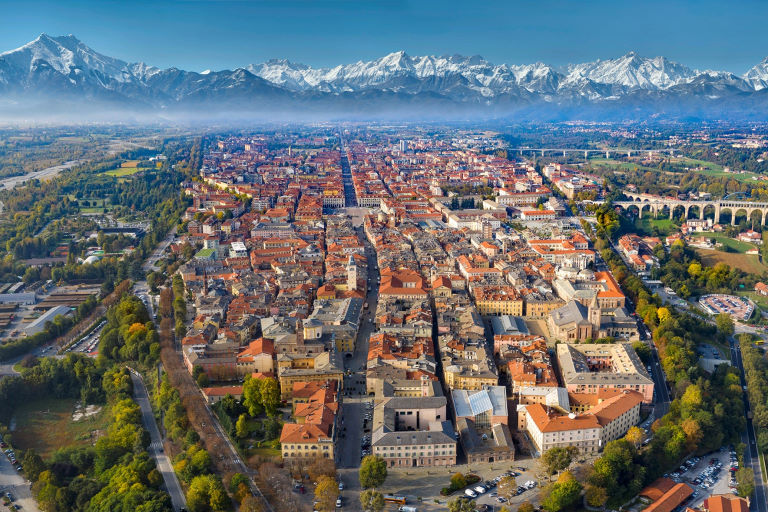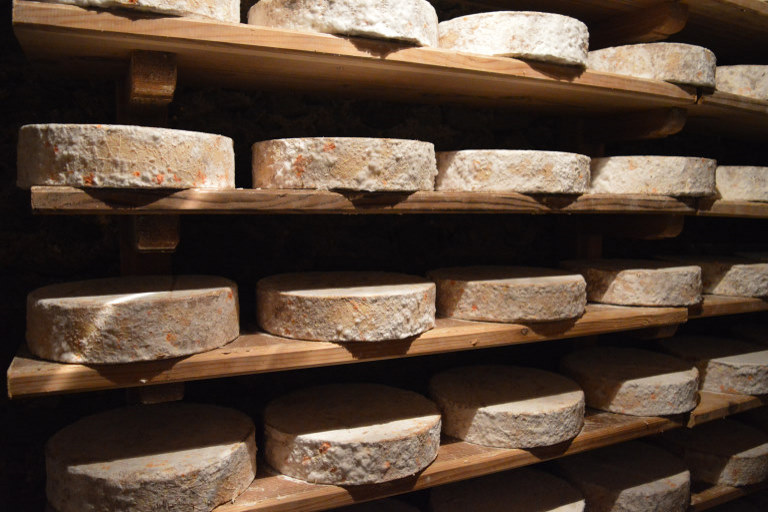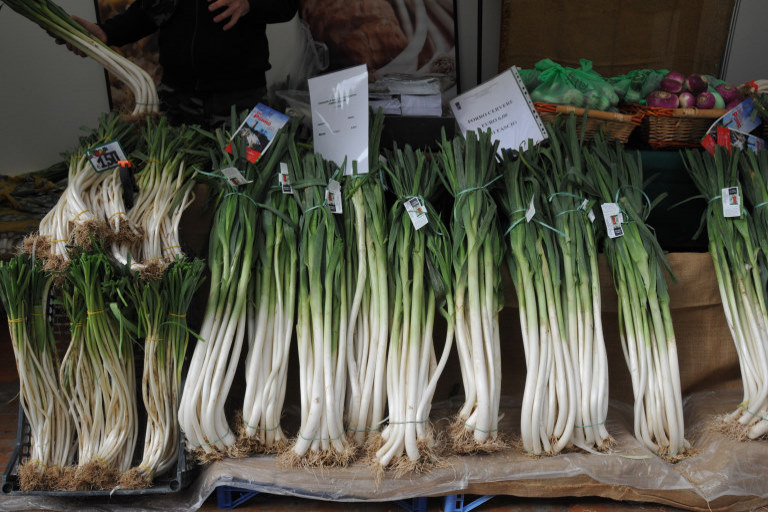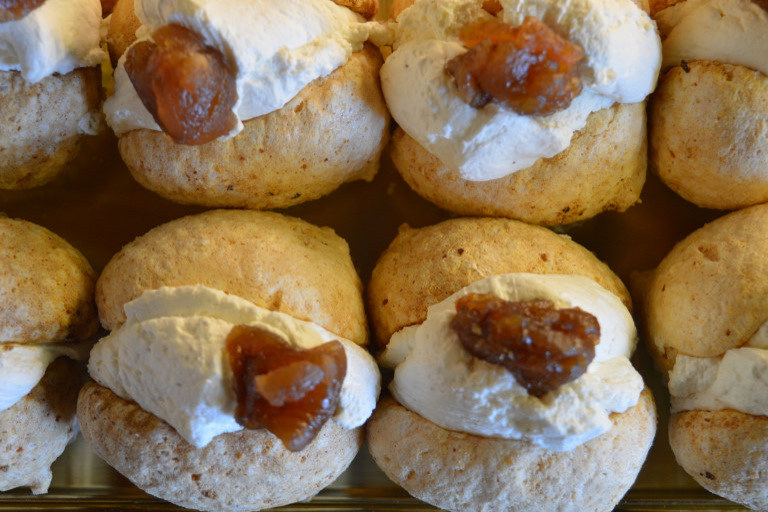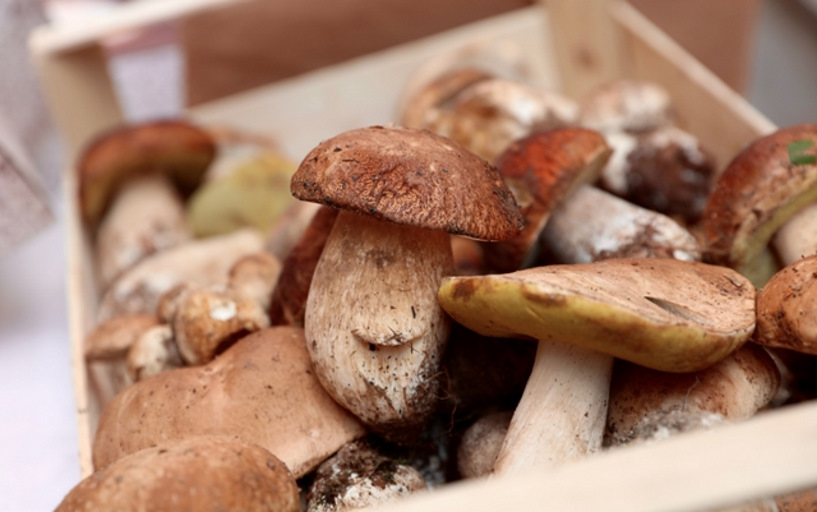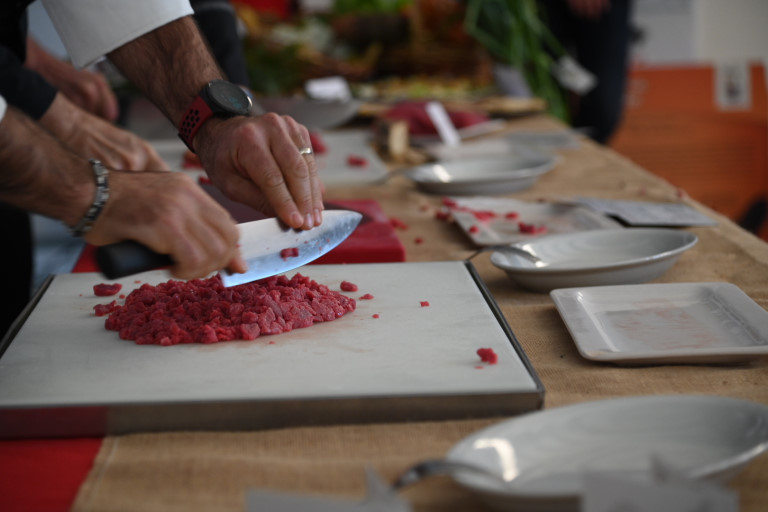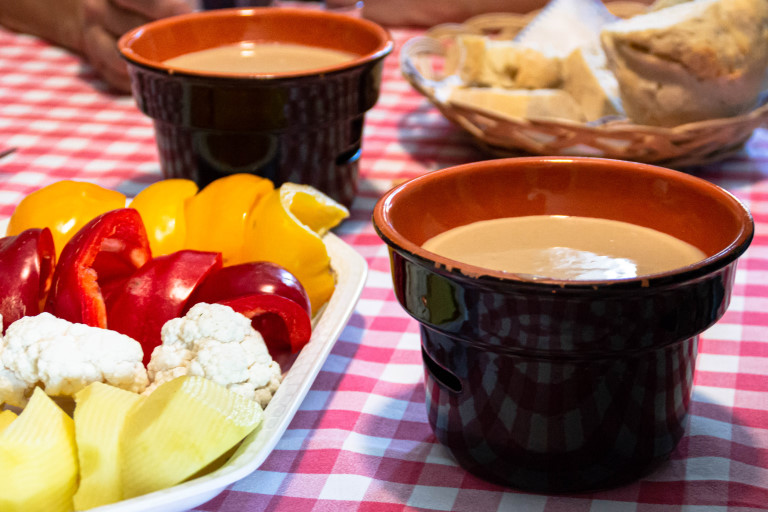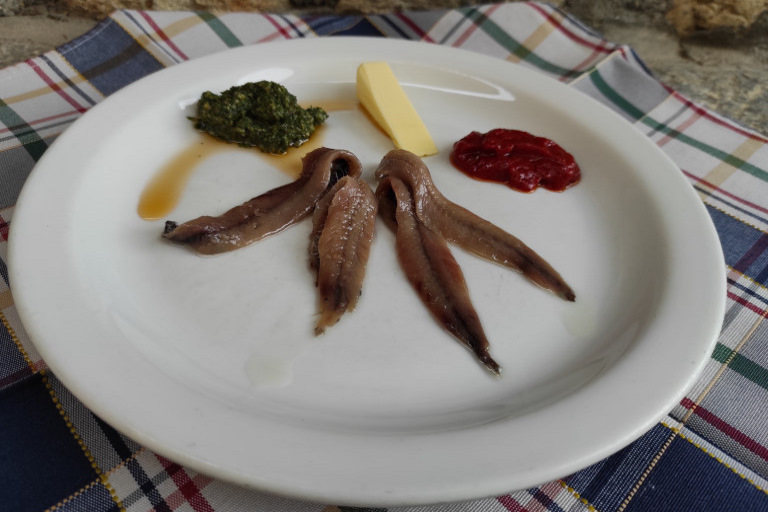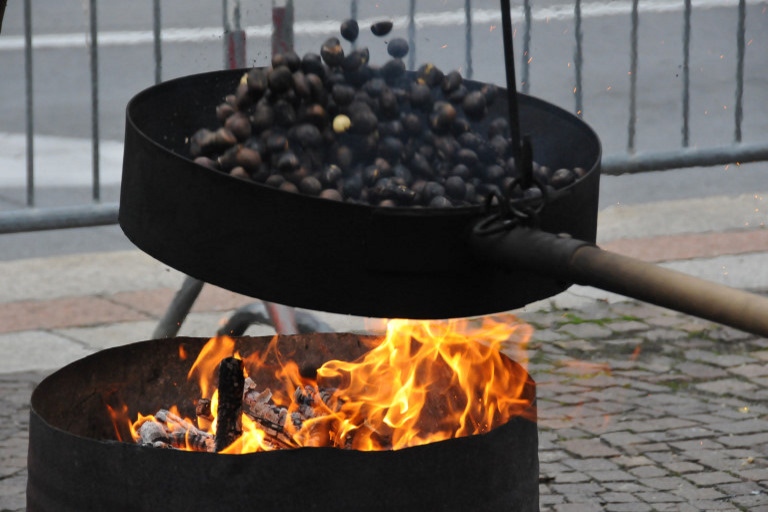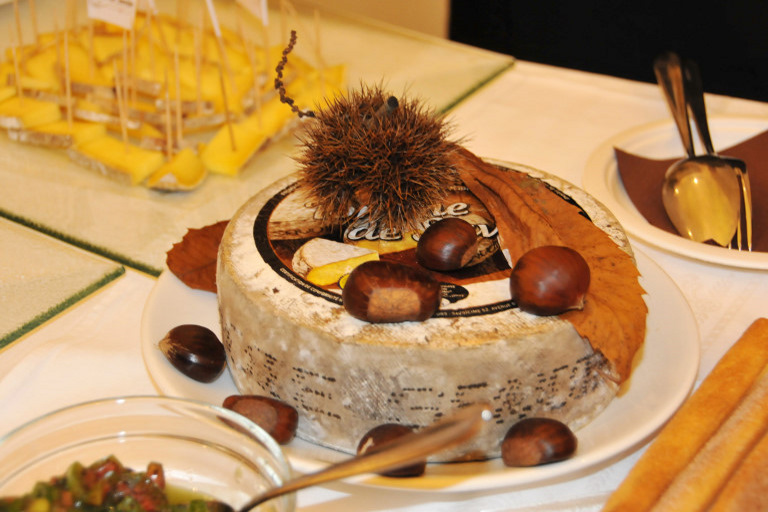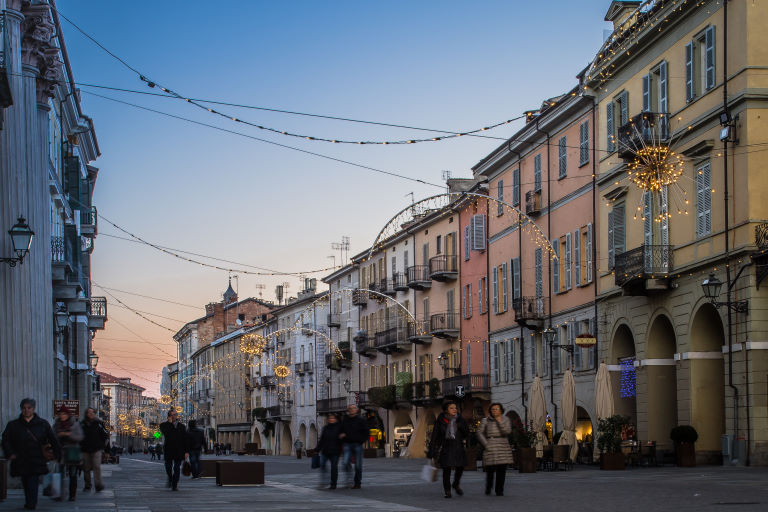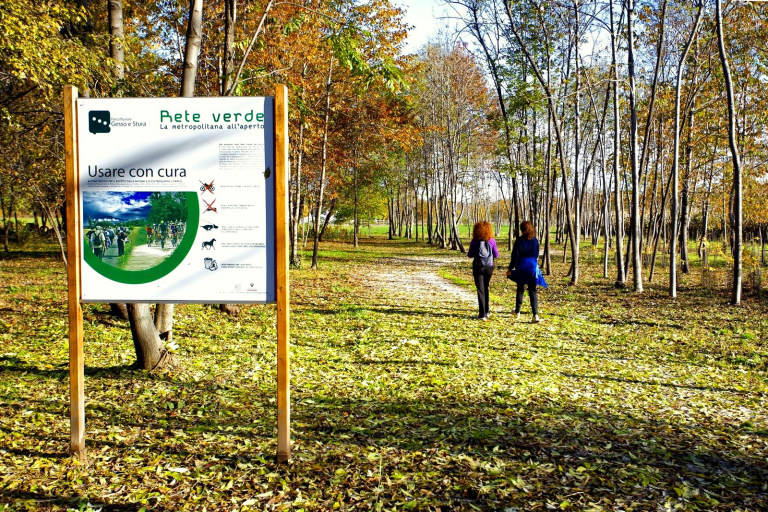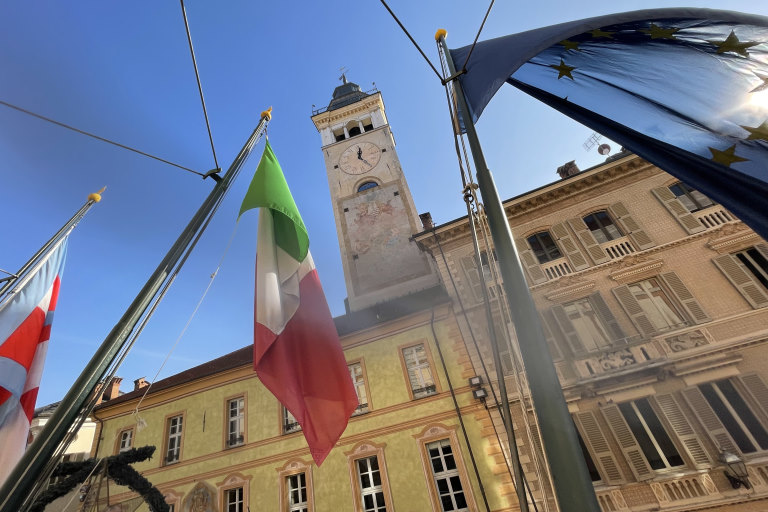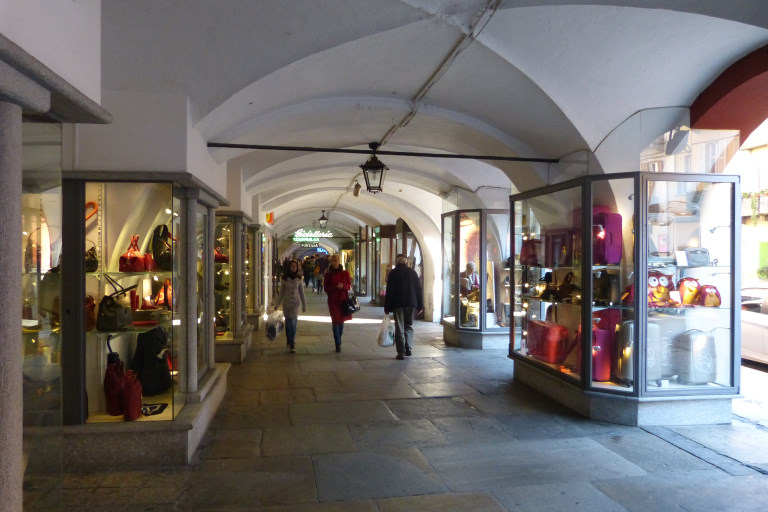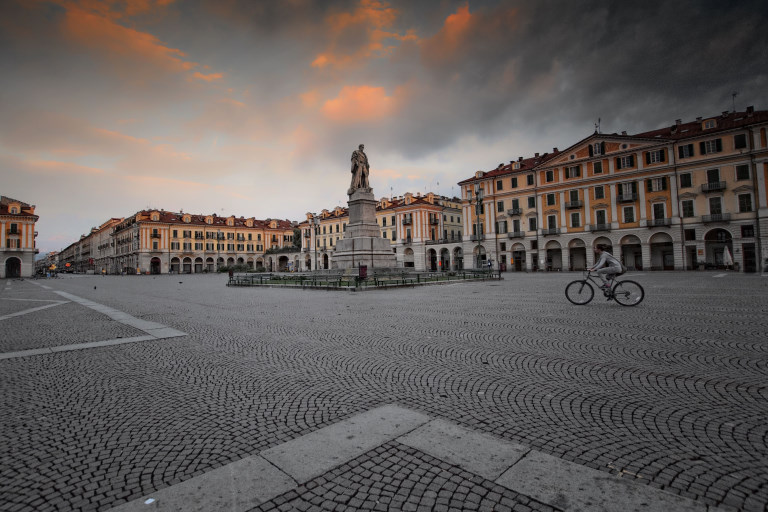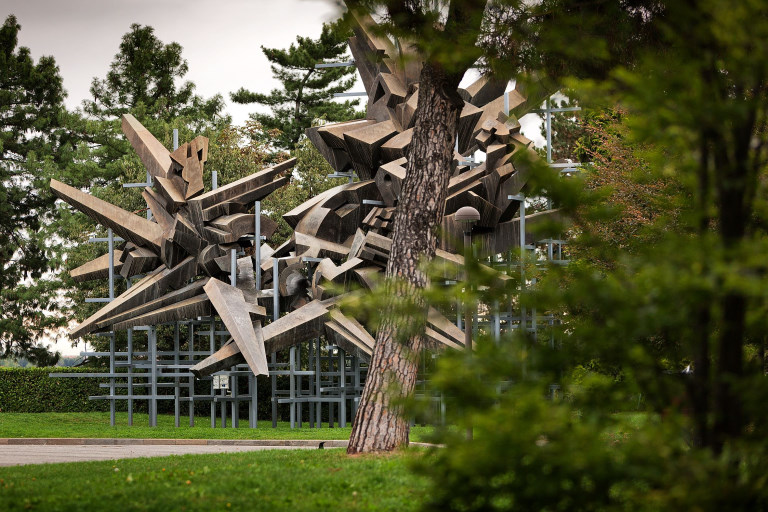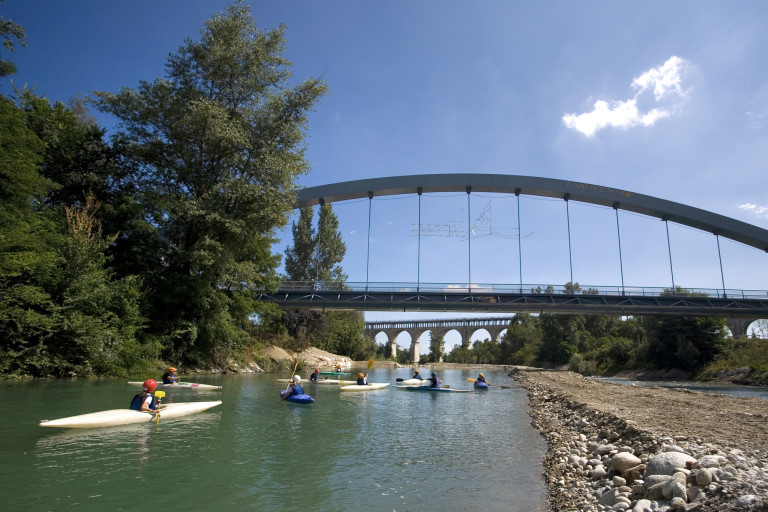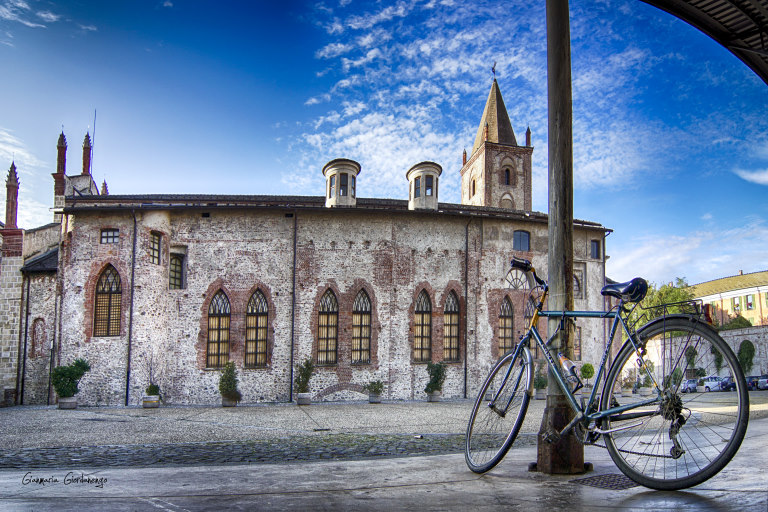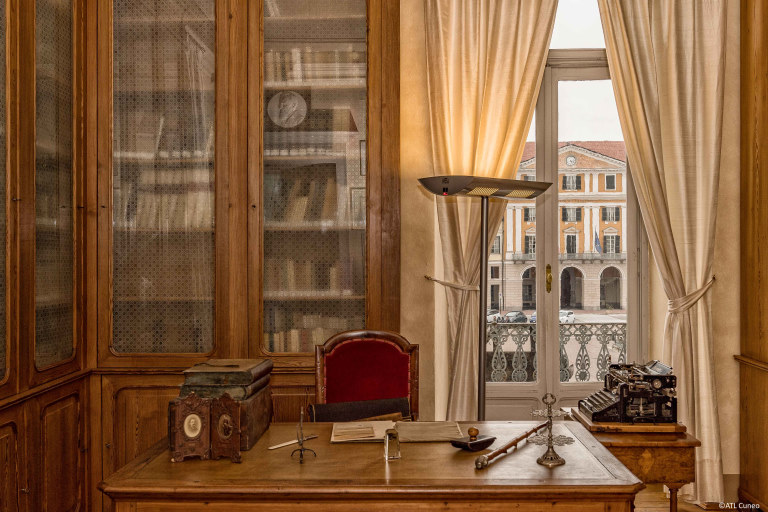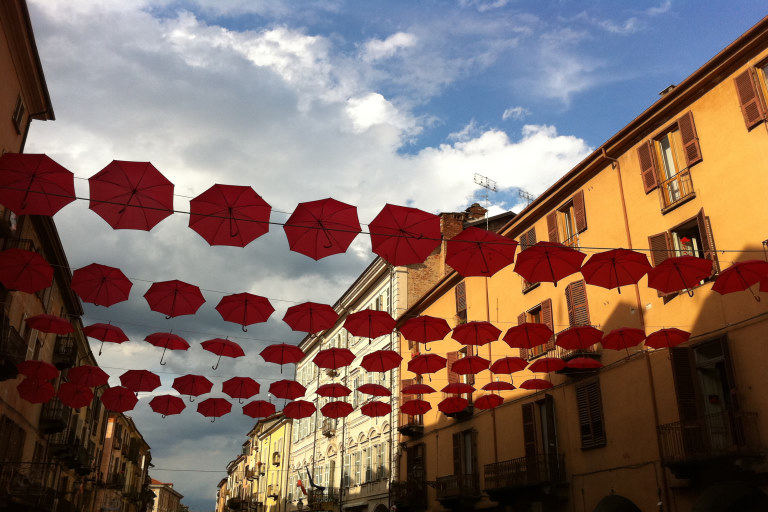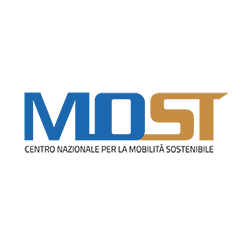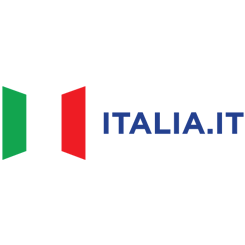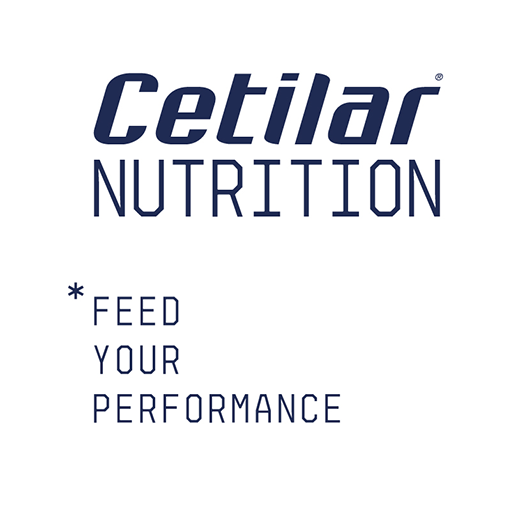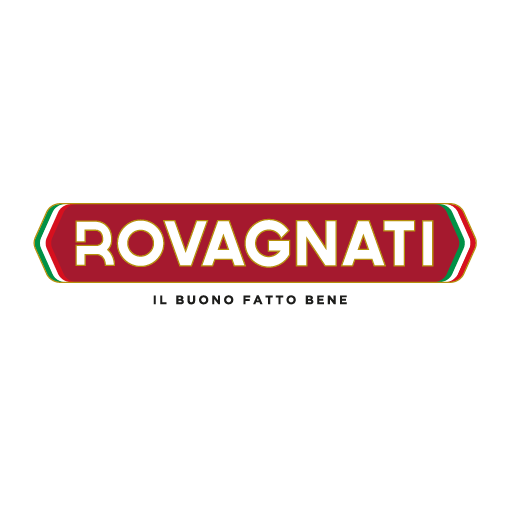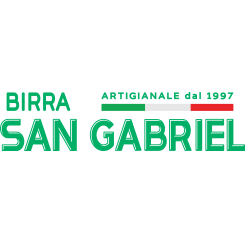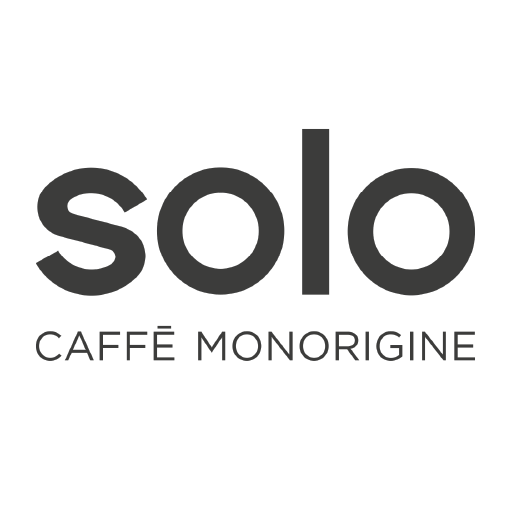profile
map
itinerary timetable
tourist info
Host city:
Mondovì
Touristic information
Mondovì is located in the region of Piemonte, in the province of Cuneo, between the Langhe and the valleys of the Ligurian Alps… nestled between mountains, hills and plains, not far from the Mediterranean Sea. At the heart of it lies the ancient Monte Regale (known today as the town of Mondovì). In the Monregalese (Mondovì and its surrounding areas) there’s a wonderful sanctuary, in Vicoforte with its frescoed elliptic cupola, the largest one in the world. Hills and more hills, as far as the eye can see… from the rugged Alta Langa to the gentle slopes of Bassa Langa towards Alba. Valleys, rivers, streams and mountains towards the sea. Nature to discover, rocks to climb, caves to explore, woods to get lost in. Churches, museums, art, culture and music. An infinite eco of stories, anecdotes and lives lived, hidden behind every single stone, every house, every monument.
Gastronomy
Food and beverage is a hallmark of the Monregalese area. An extraordinary variety of landscapes, encompassing hills and mountains, is properly matched by the richness and excellence of the gastronomic production. Almost every town can boast one or more typical products, and Mondovì is not an exception in this regard. We can mention the apples from the countryside around Mondovì, the “Rubatà” (a thick breadstick you can easily find in – local bakeries). Carrù, – not far from Mondovì, is the city of – (breeding?) boiled meat, which has risen to international fame. Then, we can mention the Morozzo castrated rooster (first Slow Food Presidium), the Margarita Cabbage, the Nucetto chickpea, the Piozzo pumpkin, the Ormea lasagna, the maize biscuits typical of Pamparato, the Peveragno strawberry, the Niella Tanaro bread. This is just a small selection of what our area can offer you in terms of food. -a. – The cheese offer is also very rich: from Raschera (typical production of the valleys near Mondovì) to the bruss (an ancient recipe of fermented cheese, only for connoisseurs). In the village of Val Casotto they produce a cheese which goes by the same name as the production location – (It is seasoned with hard dough, truly one of the most valuable products of the area). In addition, in Murazzano, – they make a very special local “toma” –
Beverages
Let’s start with the most authentic Monregalese drink by far : Rakikò, a typical liquor which has been largely used as an aperitif or post-dinner drink in the – Monregalese area since the early twentieth century. Mondovì, however, is not located too far from Langhe hills – and, therefore the most – prestigious wines of Piedmont are well known in the city, from the very – famous Barolo and Nebbiolo, – the Dolcetto from Dogliani _, and the Barbera which is an oenological classic of Piedmont. The white wines should not be overlooked : from Arneis to Favorita, the very – peculiar “Nascetta”, an ancient, almost extinct, wine that has been brought back into production on the Monregalese hills since 2001. Given its features, it can remind you of a Riesling or something close to a sparkling wine. -. Speaking of which, , there is a valuable production in Alta Langa, – which is seasoned in caves. The beers deserve a separate mention: from Monregalese area, and precisely from Piozzo, at the end of the nineties the expertise and passion of Teo Musso, gave birth to the movement of craft beers. The Baladin brand is now a cornerstone in the world beer market. In recent years, however, other breweries producing excellent artisanal beers have been – established -l. We can name the the San Bad of Niella Tanaro, the Cerea in San Michele, the Carrù and Frè breweries, the Alabuna villanovese. Among the historical food & beverage brands – we cannot forget to mention Acque Lurisia, producer and bottler not only of water but also of non-alcoholic beverages known for the extraordinary quality of raw materials, also selected by Eataly for their stores.
Main Sights
The Monregalese area is truly a mine of curiosities and treasures to discover, both cultural and natural. Evocative landscapes, extraordinary experiences, places to explore. Mondovì is the location of the only aeroclub in Italy entirely dedicated to hot-air ballooning, which once a year organises a gathering on Epiphany. An attraction that attracts thousands of people every year. The old neighbourhood, of Piazza, gathers the treasures of the Belvedere tower and the ancient Agorà of the town. Just outside Mondovì there is the colossal dome of the Sanctuary of Vicoforte: it is the largest in the world, with its unusual elliptical shape, and is a monument that has been one of the main spiritual poles of the Savoy state, the fulcrum of devotion on a European scale. Set in the Monregalese valleys, between Pamparato and Garessio, stands the Certosa di Casotto, a real gem that has recently been returned to tourist use. Initially a Carthusian monastery, it later became a hunting lodge for the Savoy family. In the Corsaglia valley, the extraordinary Bossea Caves are worth a visit: among the oldest tourist caves in Italy, with marvellous halls. They are not the only ones: speleology enthusiasts can also explore the colourful Dossi di Villanova caves (unique for their variety of colours and rocks) and the Caudano cave in Frabosa Sottana. Another jewel, the small chapel of San Fiorenzo in Bastia is considered a medieval counterpart to the Scrovegni Chapel. History lovers should not miss a visit to Briaglia, where they can see the museum containing Neolithic findings and the underground cavity of Casnea, and Bene Vagienna, to visit the remains of the Roman settlement of Augusta Bagiennorum. In Chiusa Pesio, spirituality and nature intertwine at the Carthusian Monastery, from which the route starts to explore the Maritime Alps Park, one of the protected areas with the greatest biodiversity and variety of scenery. A naturalistic wealth that it shares with the Lipu oasis of Crava-Morozzo, a resting place and refuge for an extraordinary variety of birds, which can be observed in their habitat. Sports lovers are spoilt for choice: in the winter season they can enjoy themselves on the slopes of the ski areas, from Mondolè, with Prato Nevoso, Artesina, Frabosa 2000, to the Via Lattea, with Garessio 2000, Viola St. Gréé, San Giacomo of Roburent. In summer there are no limits, with an extraordinary network of trails and paths, maintained by the associations and various local bodies, including the Landandè Committee, which looks after a route that crosses five of the area’s main municipalities. Another possible declination of the territory is the hunt for the giant bench: in fact, the empire created by Chris Bangle, the English designer and inventor of the Big Bench Project, started in Clavesana, in the Monregalese area, and some of the first productions of the well-known artist are scattered here. Finally, to get an overall view of the area, there is nothing better than boarding a hot-air balloon for a unique flying experience.
CUNEO
Touristic Information
Cuneo, capital of the Granda province, is located on a plateau that widens and opens into the majestic fun of the south-western Alps. Completely immersed in nature, surrounded by the Gesso and Stura River Park, it has earned the nickname of Green Capital of Piedmont.
Founded in the Middle Ages (1198), it is a welcoming and hospitable city, which winds over more than 8 km of porticoes, a long open-air shopping centre divided between the historic centre and the new city. The two souls are held together by the elegant Piazza Galimberti, surrounded by neoclassical buildings, which keeps alive the memory of the Resistance that allowed Cuneo to be awarded with the Gold Medal for Military Value.
Typical mountain resort, Cuneo is the ideal starting point for a journey to discover the Maritime Alps, by hiking, climbing, mountaineering, mountain biking and skiing.
Gastronomy
Cuneo’s gastronomic personality is expressed in dishes that combine ancient habits and an austere but, at the same time, joyful collection of recipes: appetizers, especially based on vegetables, led by Cervere leek, some first courses closely linked to local products (potatoes and wheat flour), game (from wild boar to chamois and so on), the amazing porcini mushrooms, cheeses and chestnuts and the queen of meat, the Piemontese beef.
Stuffed vegetables, omelettes and savoury pies are the traditional first courses of this region. To name a few: caponèt (the o is read u), siole piene , friceuj ‘d ris, subric (mashed potatos, egg, cheese and salt cooked and mixed), aromatic herb omelette, green pie and potato pie.
Game, noble mushrooms and large boiled meats, but also rare delicacies such as snails (like the Helix Pomatia Alpina of Borgo San Dalmazzo, protagonist of the ancient Cold Fair) or eels, are included in the offer for the main course.
A taste of local cheeses is not to be missed. Toma, popularly defined as “Piemontese”, Tomini di Melle (Varaita Valley), Raschera and Castelmagno are the “fabulous four” worthy of mention.
The selection of desserts is small but special: few traditional sweets like bonét and fruit cakes are the perfect conclusion of the meal.
Finally, it is worthy of note the “queen” of the Cuneo culinary tradition: the chestnut. It is not a surprise that the tree that produces the fruit is also called the bread tree because the man draws gastronomic and commercial benefits from it, selling fruits, leaves and timber. The hilly and foothill landscape of Cuneo has been characterized by this friendly tree for centuries. At the table, it can be enjoyed in the fabulous Castagnaccio cake o in the refined Montebianco cake.
A visit to Cuneo wouldn’t be concluded without a taste of the famous Cuneese al Rhum (rum truffles) that Hemingway enjoyed when he stayed in the city in 1954.
Beverages
Cuneo and wine are an inseparable combination. The wines are the highest and most universally known expression of the Cuneo region. Cuneo is recognized as a land of great wines for its number of DOC and DOCG wines and for the vineyards with designation of origin and produces the most famous Italian wine in the world, Barolo. The Cuneo viticulture, exclusively hilly, dominates the land of the Langhe and the Roero, extends up to Dogliani and Monregale and occupies some hills of Saluzzo.
The quality of the wines comes directly from the grapes and from the experience of winemakers who continue to produce wines in respect of tradition, while keeping an eye to new trends. Tradition that is maintained in the viticultural heritage based on native vines, the result of a vine-territory evolution matured over time.
The rows of vines draw an extraordinary and evocative landscape, marked by ancient castles and small villages perched on top of the hills. The rediscovery of the values of quality and tradition started from the wine, extended to other gastronomic products and became a cultural movement.
Instead, craft beer, which has recently become another flagship product of Cuneo’s enogastronomy, has a more recent but equally prolific history. The many artisan companies are able to keep together the traditional values with a careful production of local blends and herbs, producing beers different in colour, roundness and sweetness, but able to offer new and exciting sensory experiences and a clean and balanced taste. The best to combine unique and personalized fragrances with local cuisine.
Finally, the Alps that embrace the plain offer a variety of quality mineral waters, thanks to springs that flow in high mountains and that give light, uncontaminated and low sodium waters.
Main sights
Piazza Galimberti is the core of Cuneo and unites the two souls of the city, the ancient Contrada Maestra (today Via Roma) and the nineteenth-century Corso Nizza, which cross the whole city cutting it into two similar parts. Both arteries, flanked by eight kilometres of porticoes, offer various shopping opportunities and are the mirror of the centuries of the city’s history imprinted in its stones.
In Via Roma, recently affected by a series of redevelopment works that have brought the beautiful medieval buildings back to their original splendour, with the portals of the oldest churches (including Baroque jewels such as the Church of Sant’Ambrogio) that overlook the street, there are the Town Hall, the ancient Civic Tower and the houses of the old nobility. The narrow streets hide treasures such as the churches of Santa Chiara and Santa Croce, Contrada Mondovì with the synagogue of the former Jewish ghetto, the Toselli Theatre and the medieval palaces of Piazza Virginio dominated by the former church of San Francesco, recently renovated and part of the most important monumental complex in the city.
The entire city of Cuneo is completely surrounded by the Gesso and Stura River Park, a protected area of over 5,500 hectares that embraces the entire plateau and extends to 14 other municipalities towards the mountains, until the Natural Park of the Maritime Alps. To fully enjoy the nature and landscape of the park, over 100 km of paths have been identified suitable for hiking or cycling with poles, bulletin boards and lecterns able to guide visitors to discover the territory and its naturalistic and historical-cultural traits.
In addition to the River Park, in Cuneo there are numerous avenues and gardens, the most famous of which are Viale degli Angeli, created in 1720 to connect the city with the Sanctuary of the Madonna degli Angeli, the Park of the Resistance, where Monument to the Italian Resistance is located, and the new Parri Park, a small Central Park nestled in the south of the city with over 8 hectares of park area, a naturalistic lake, orchards, gardens, urban forest, play areas, sports training stations and over 3 km of cycle and pedestrian paths.


